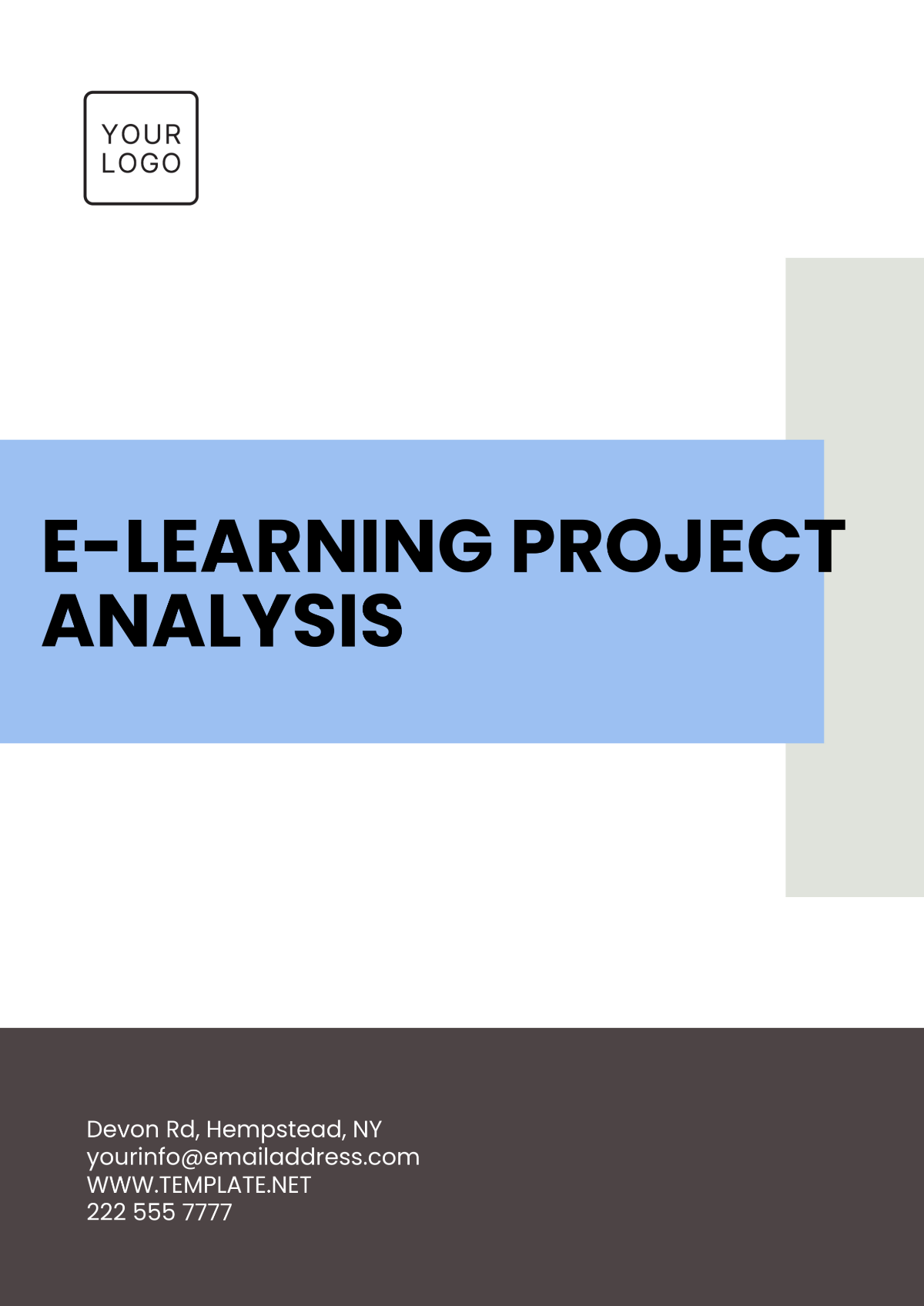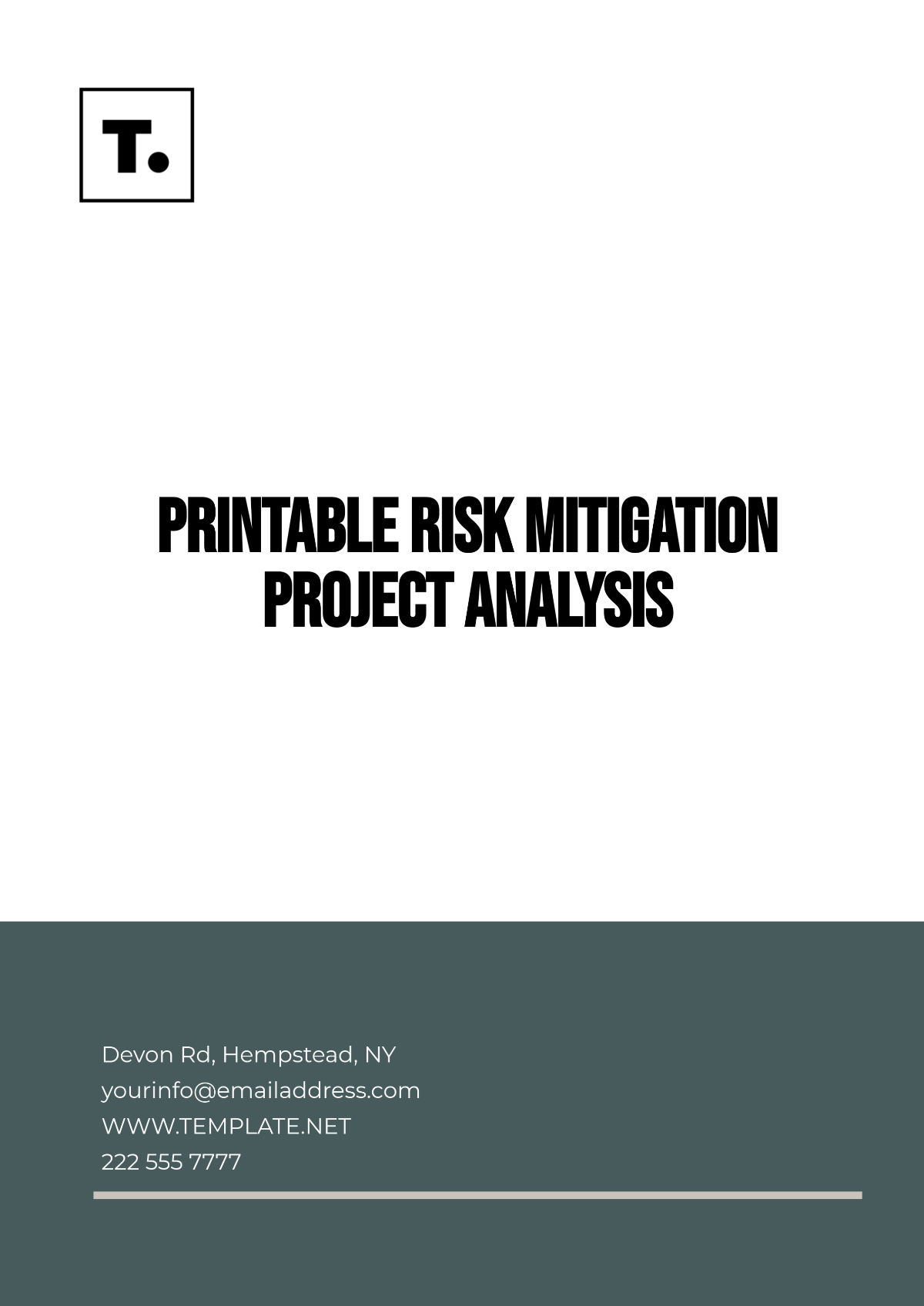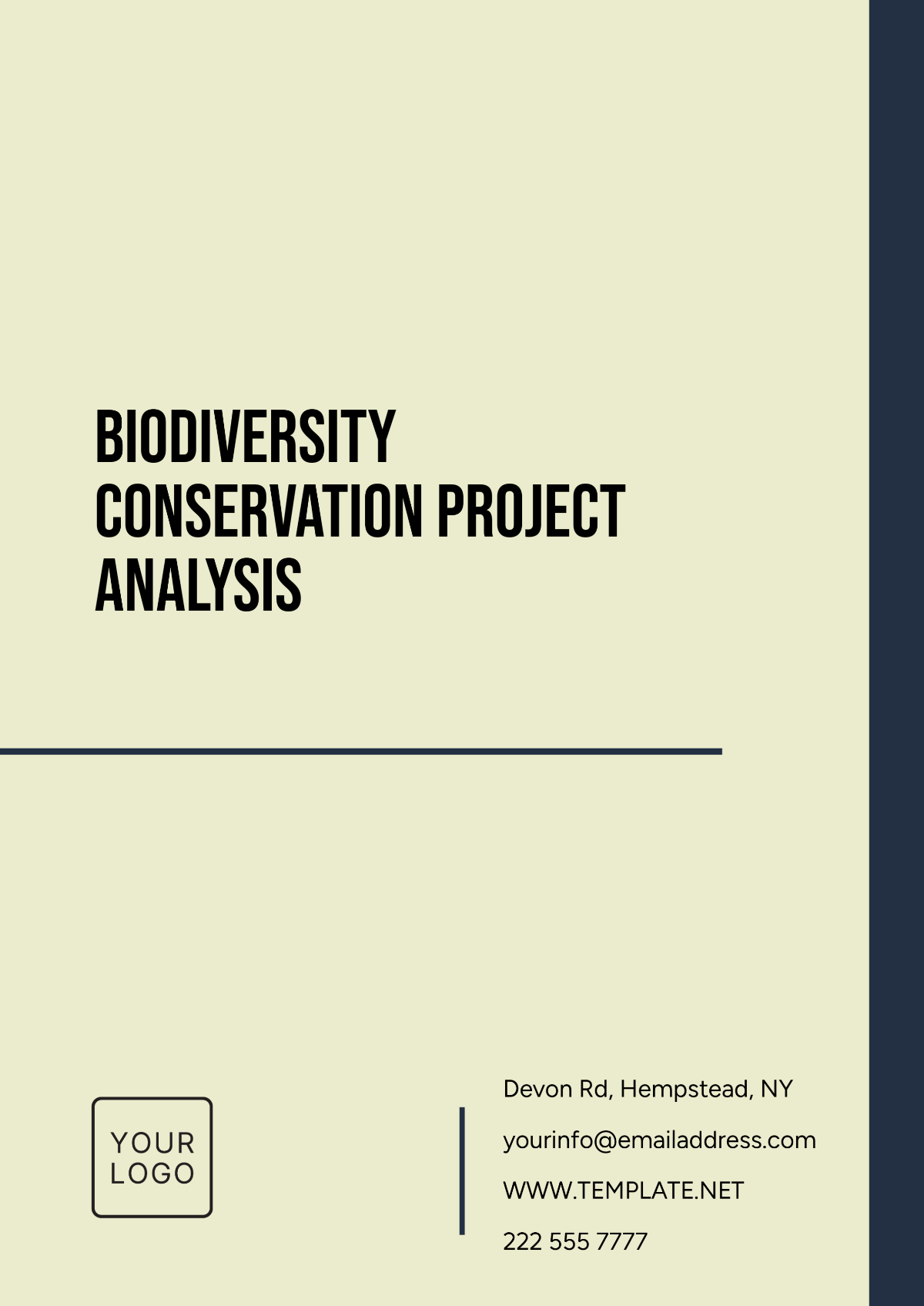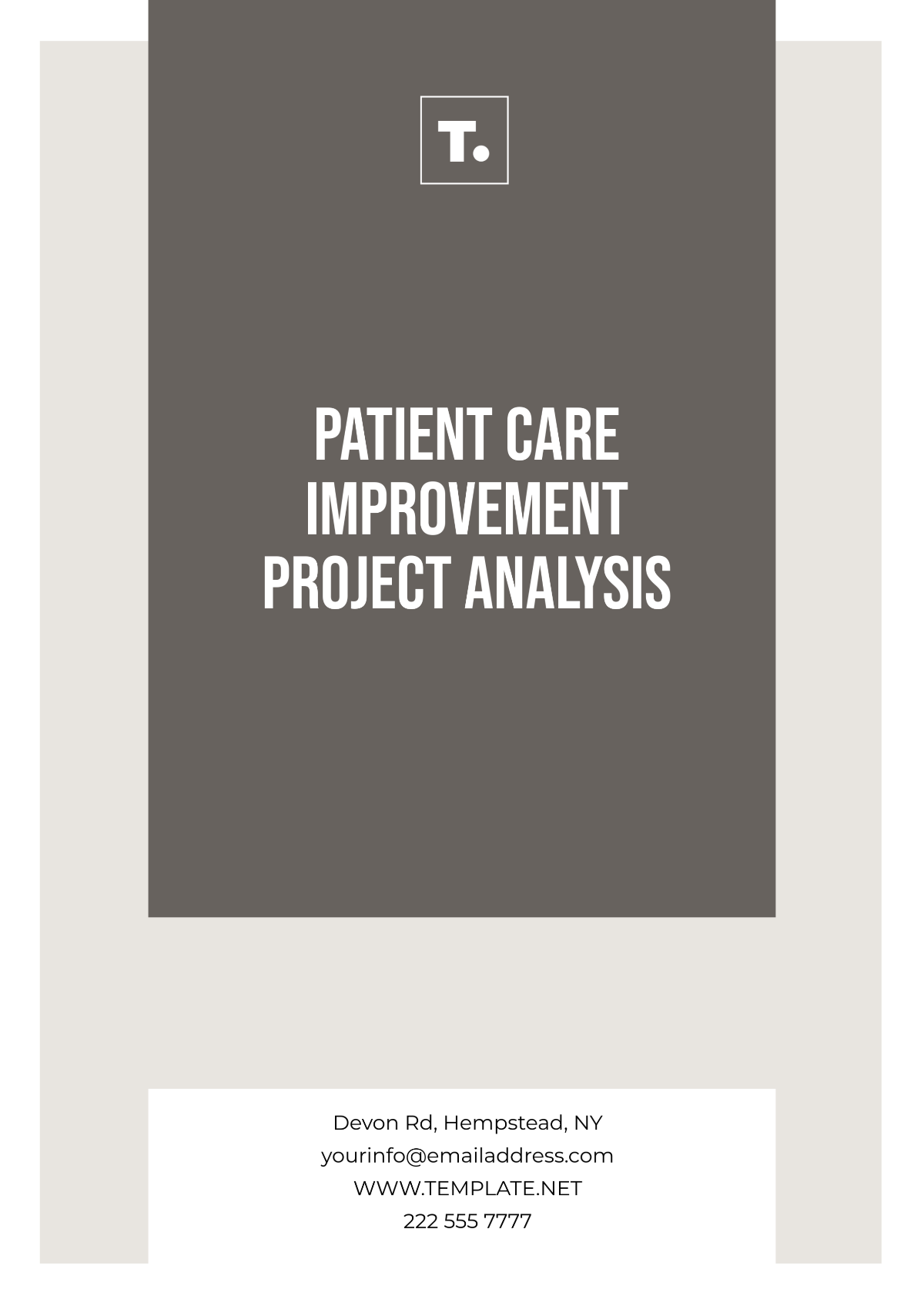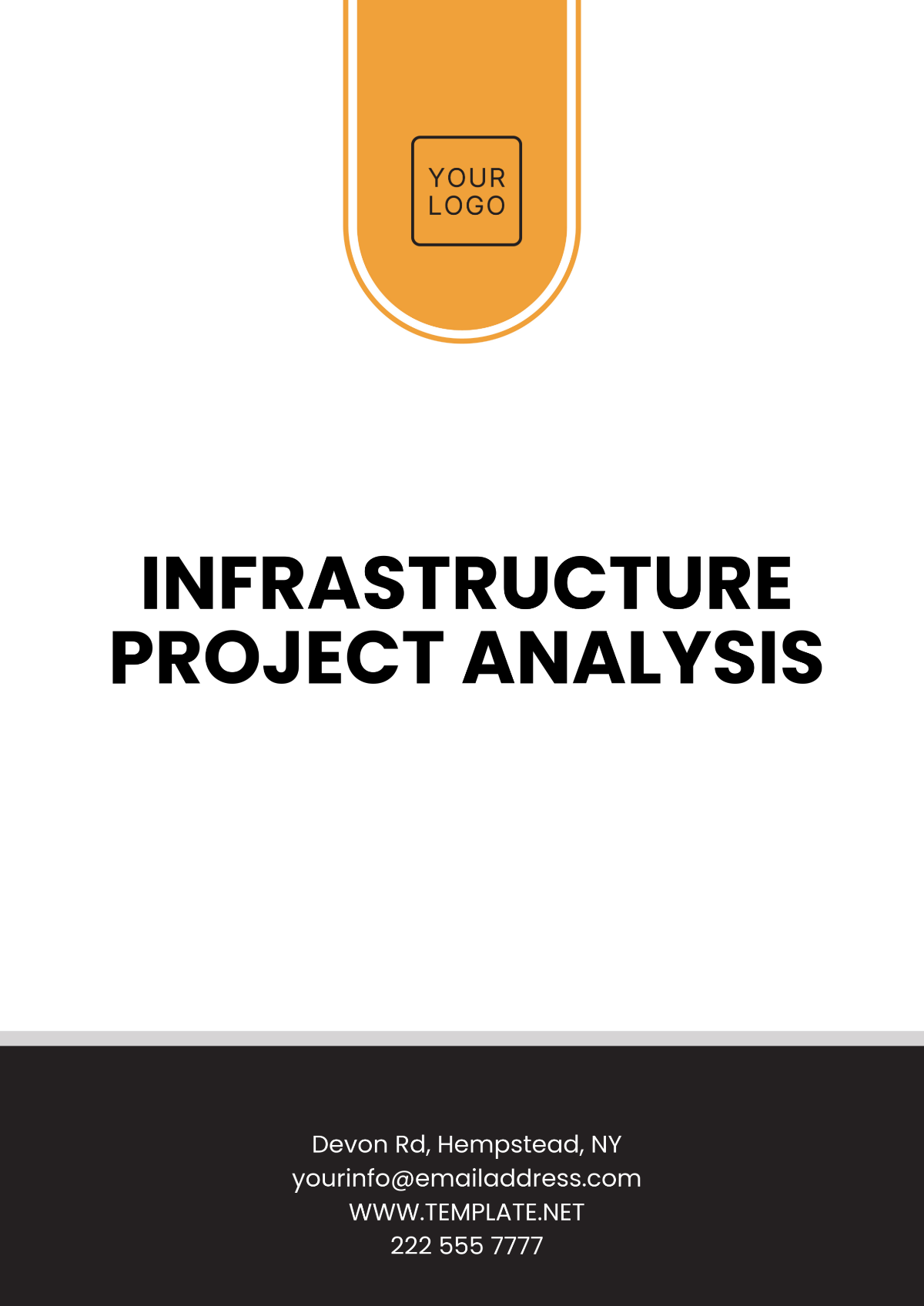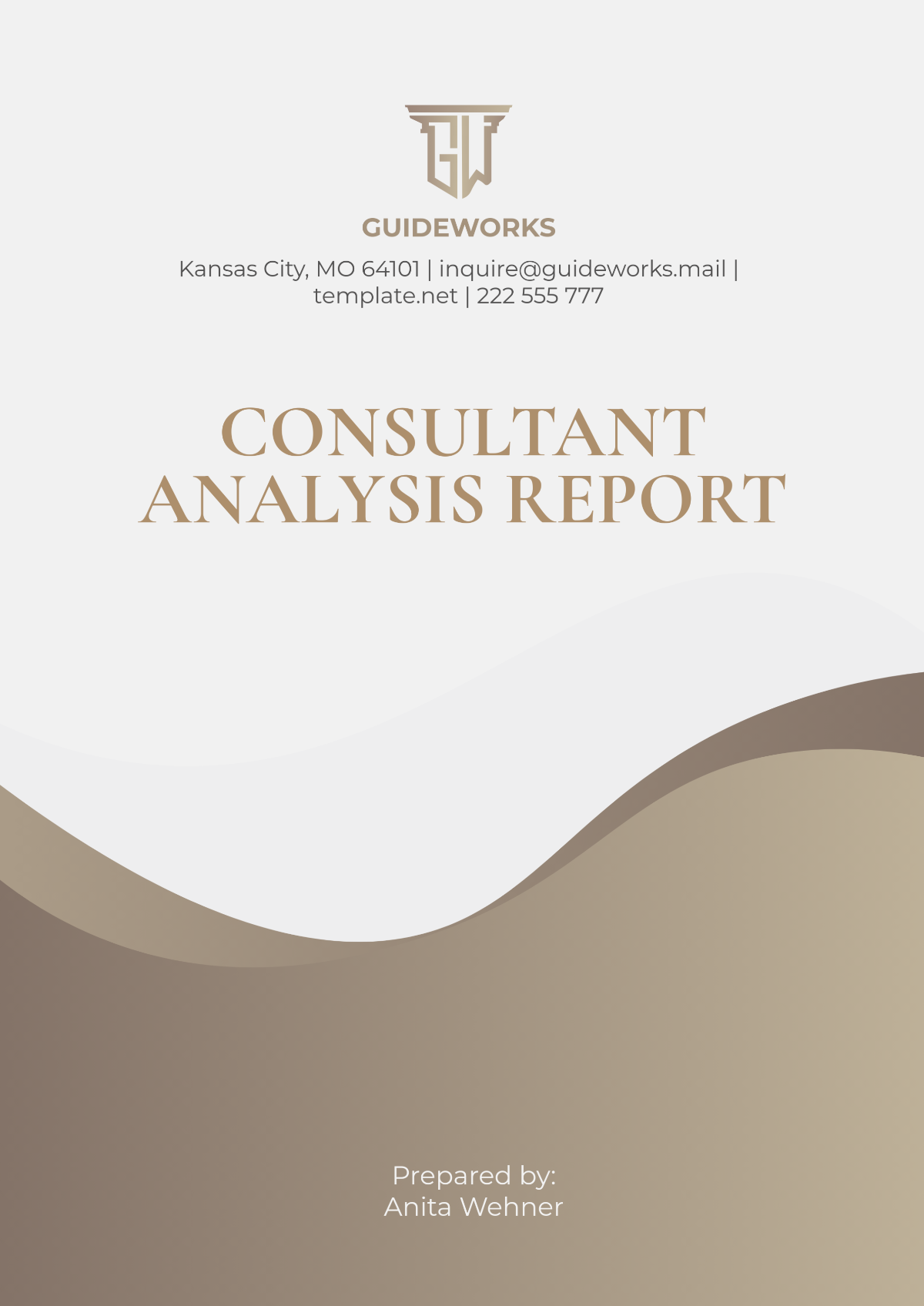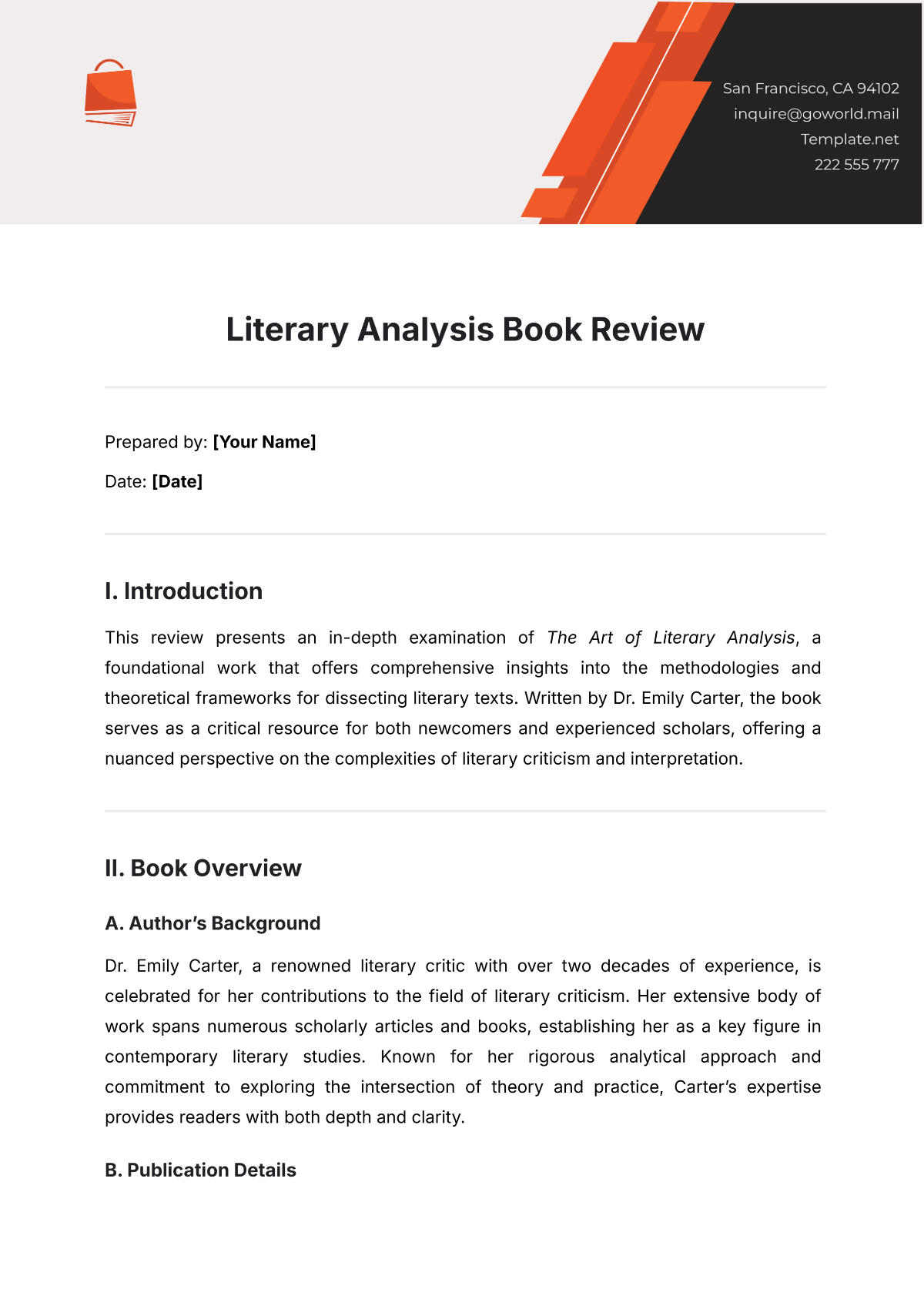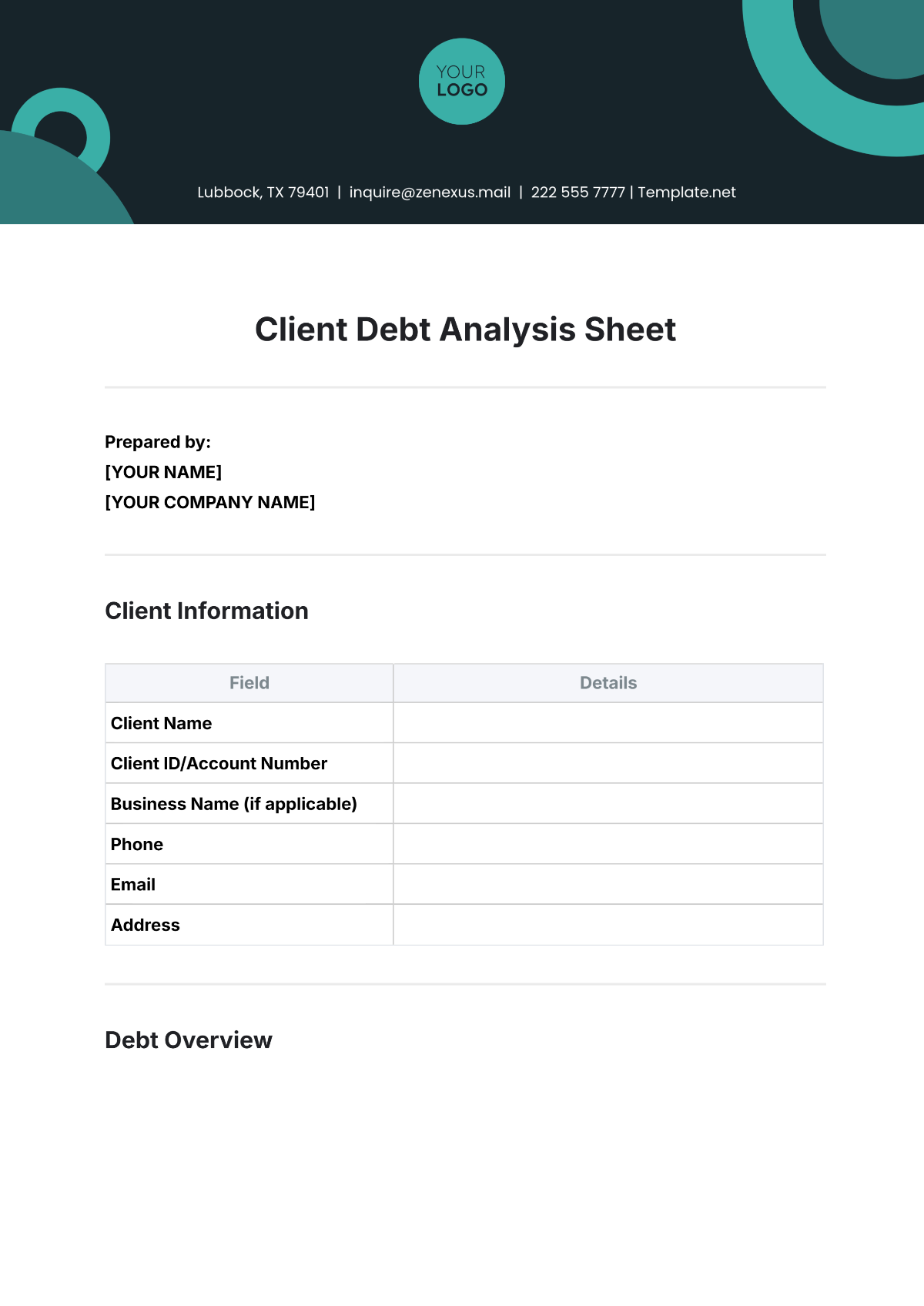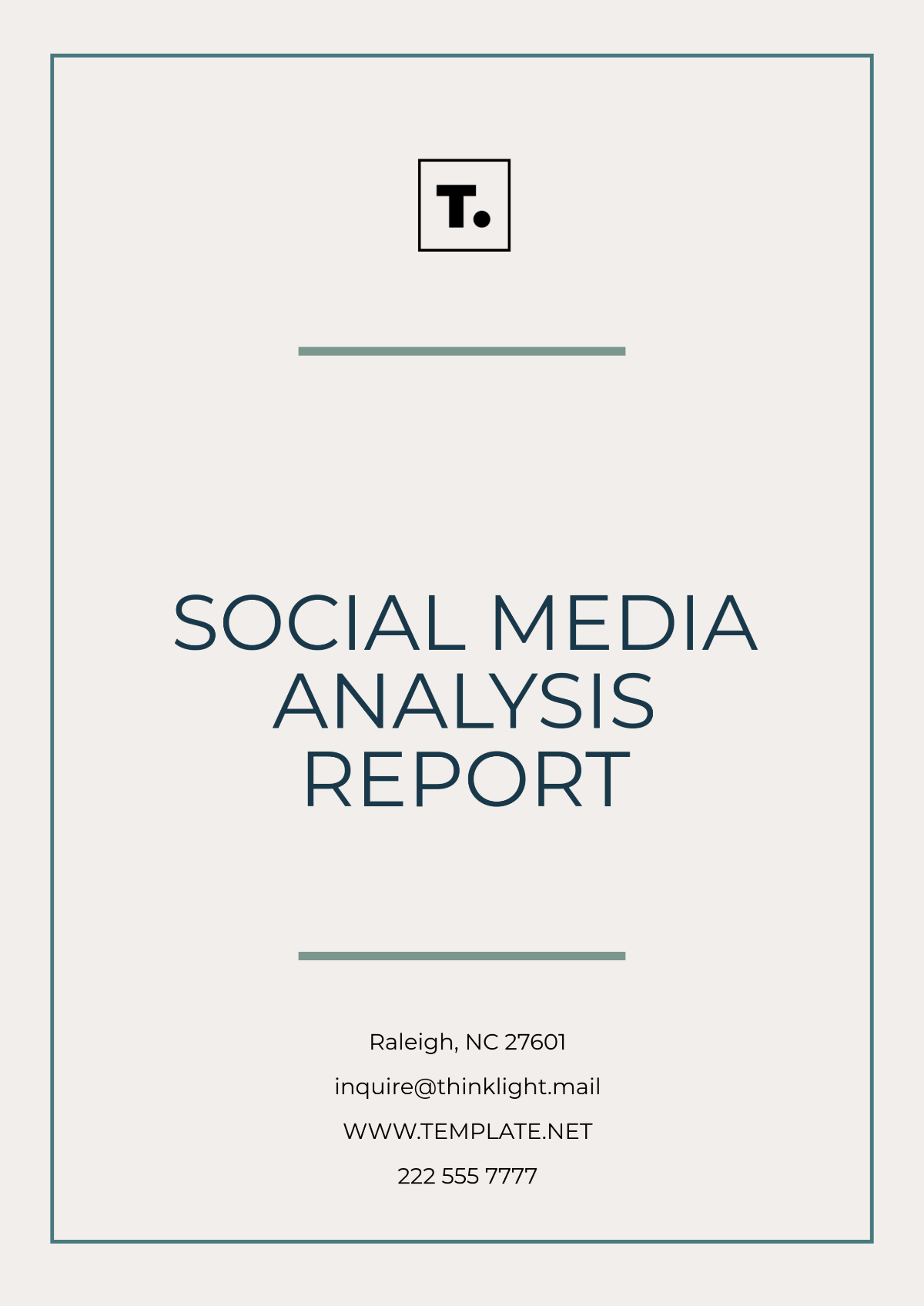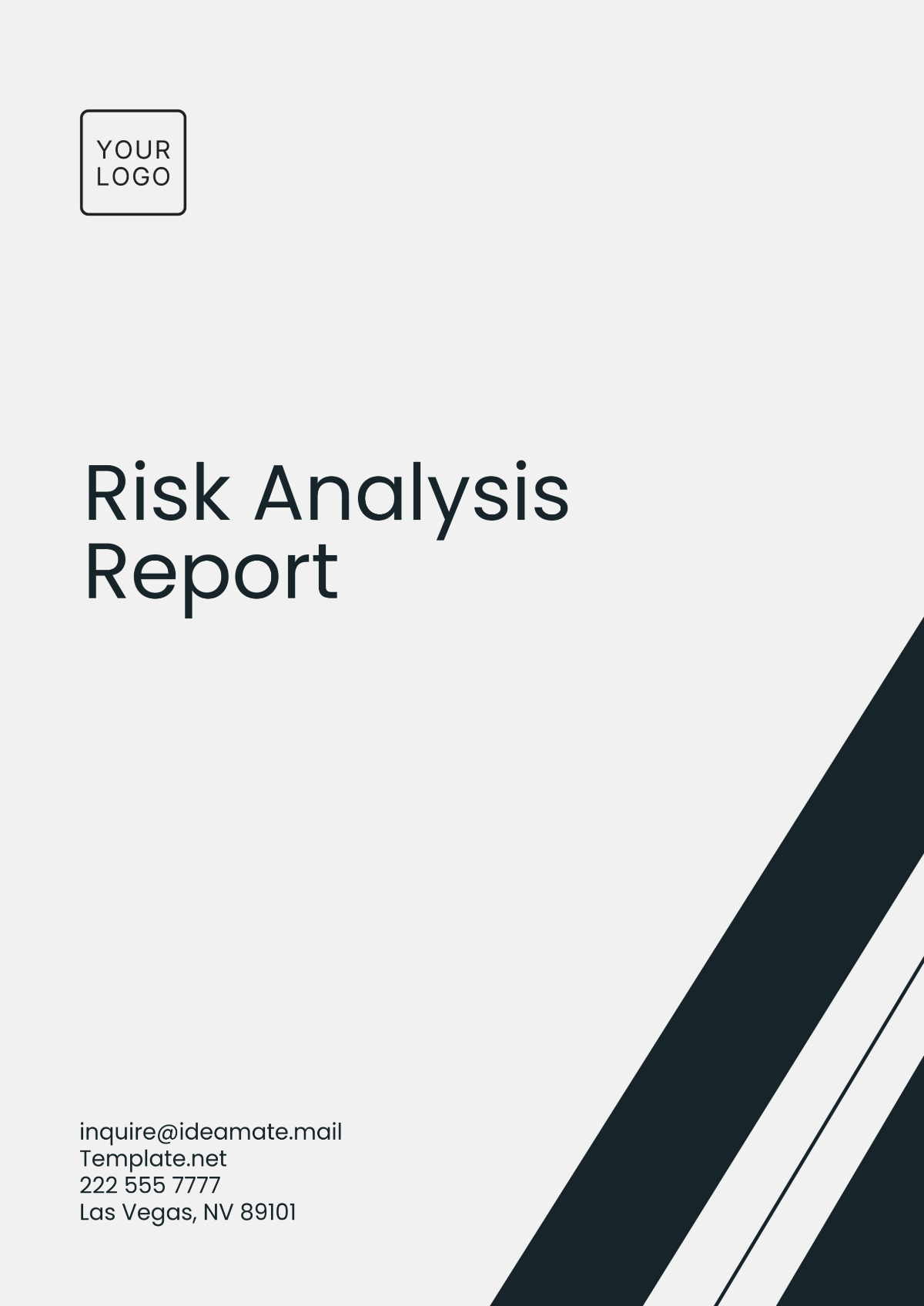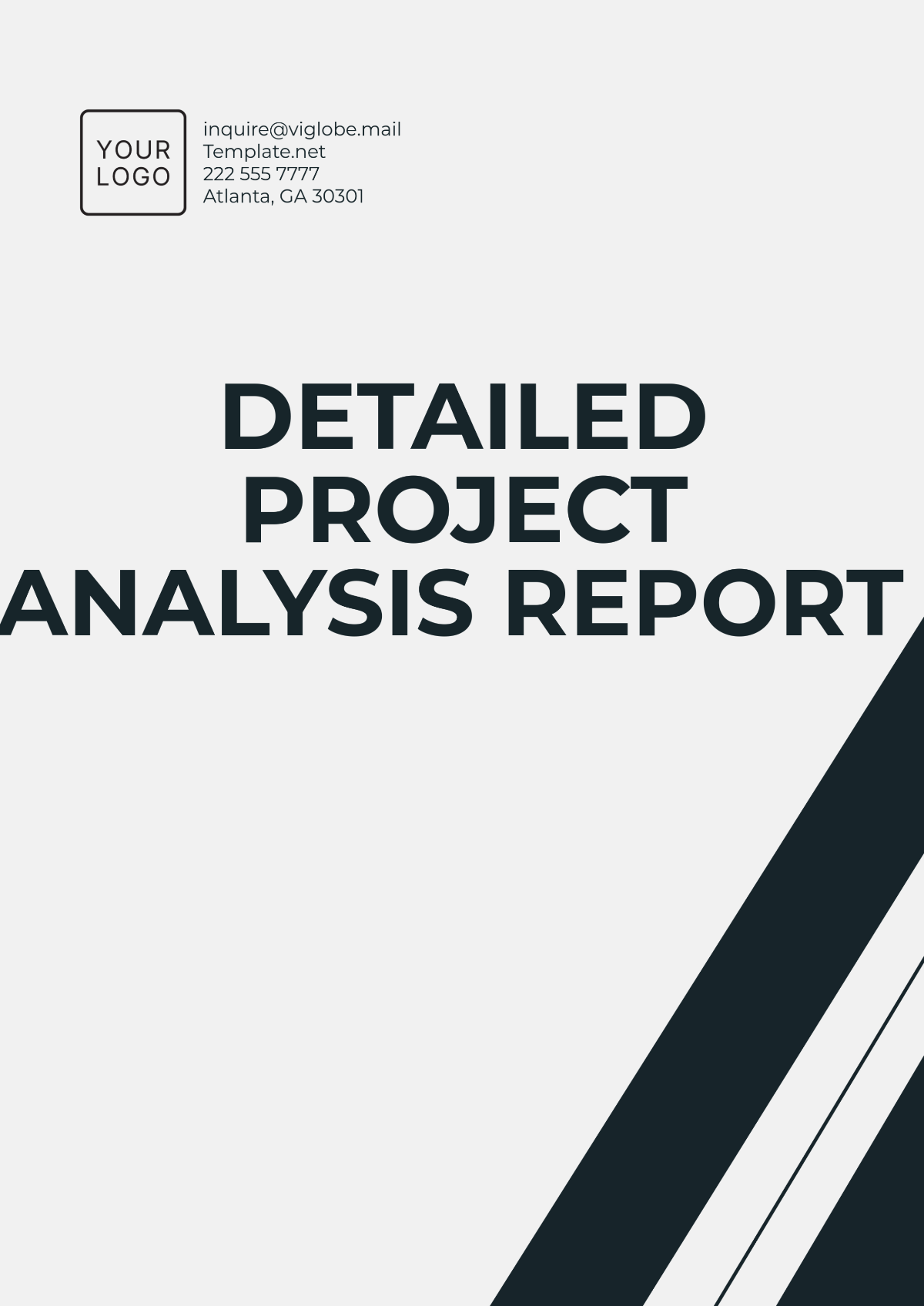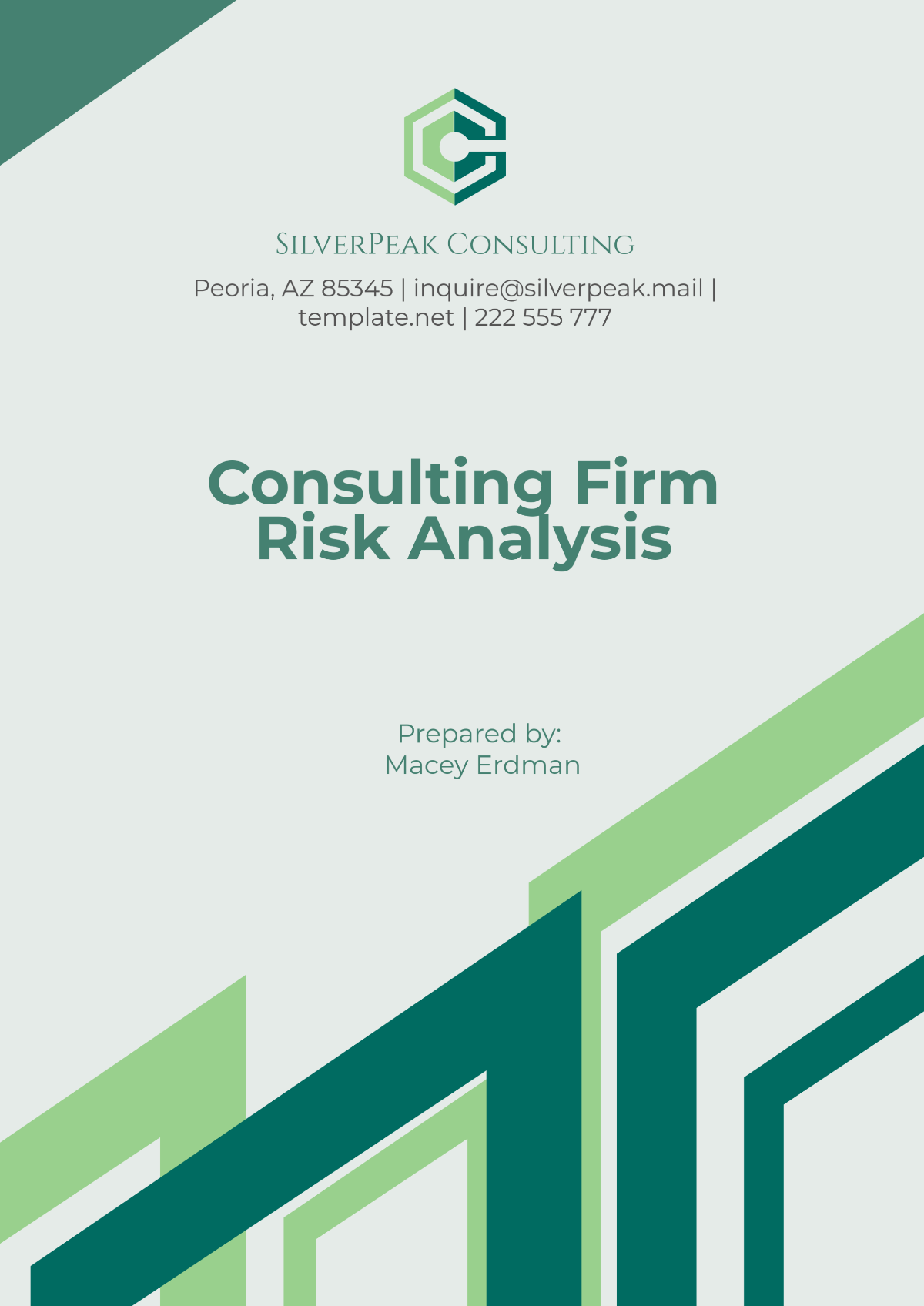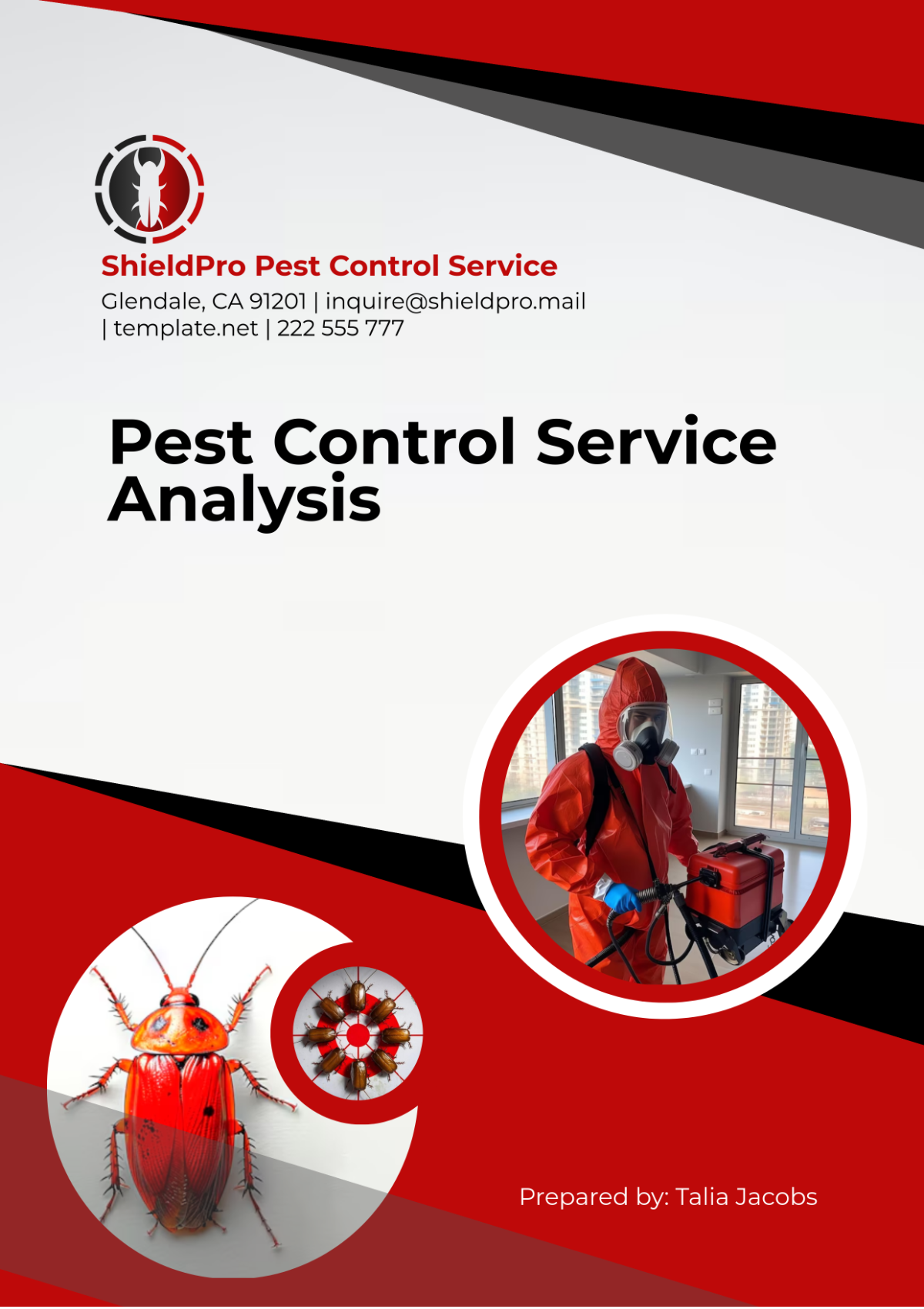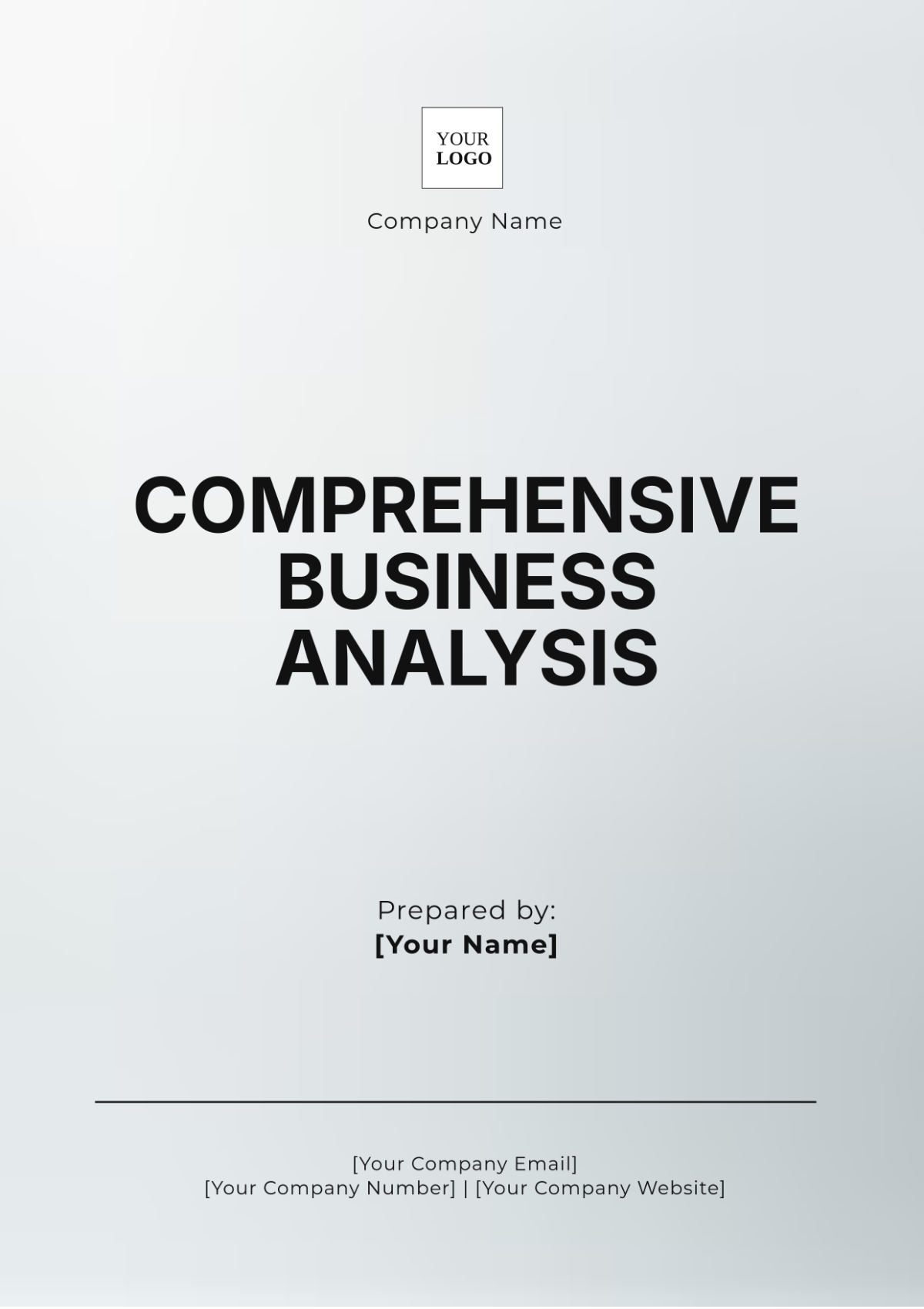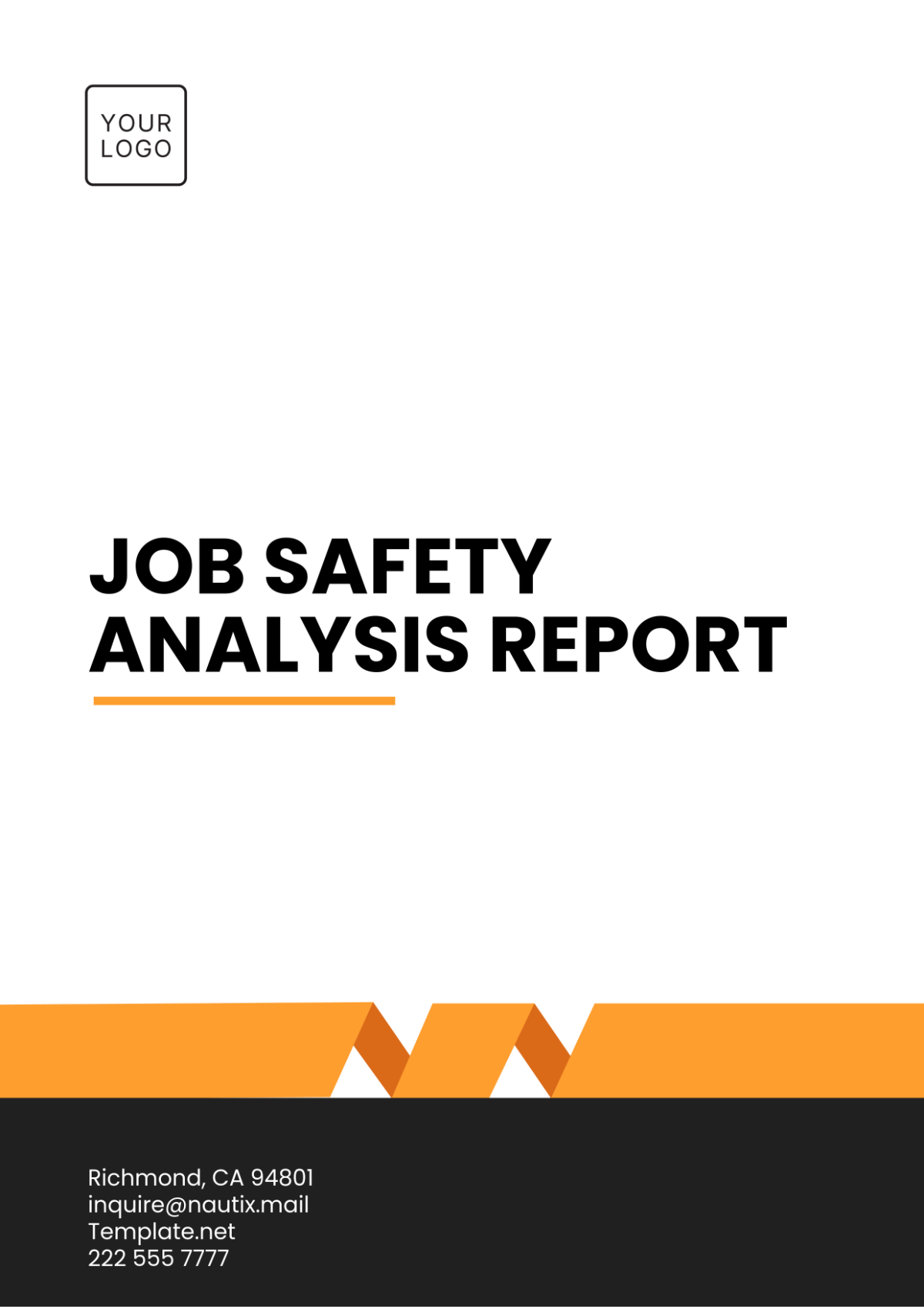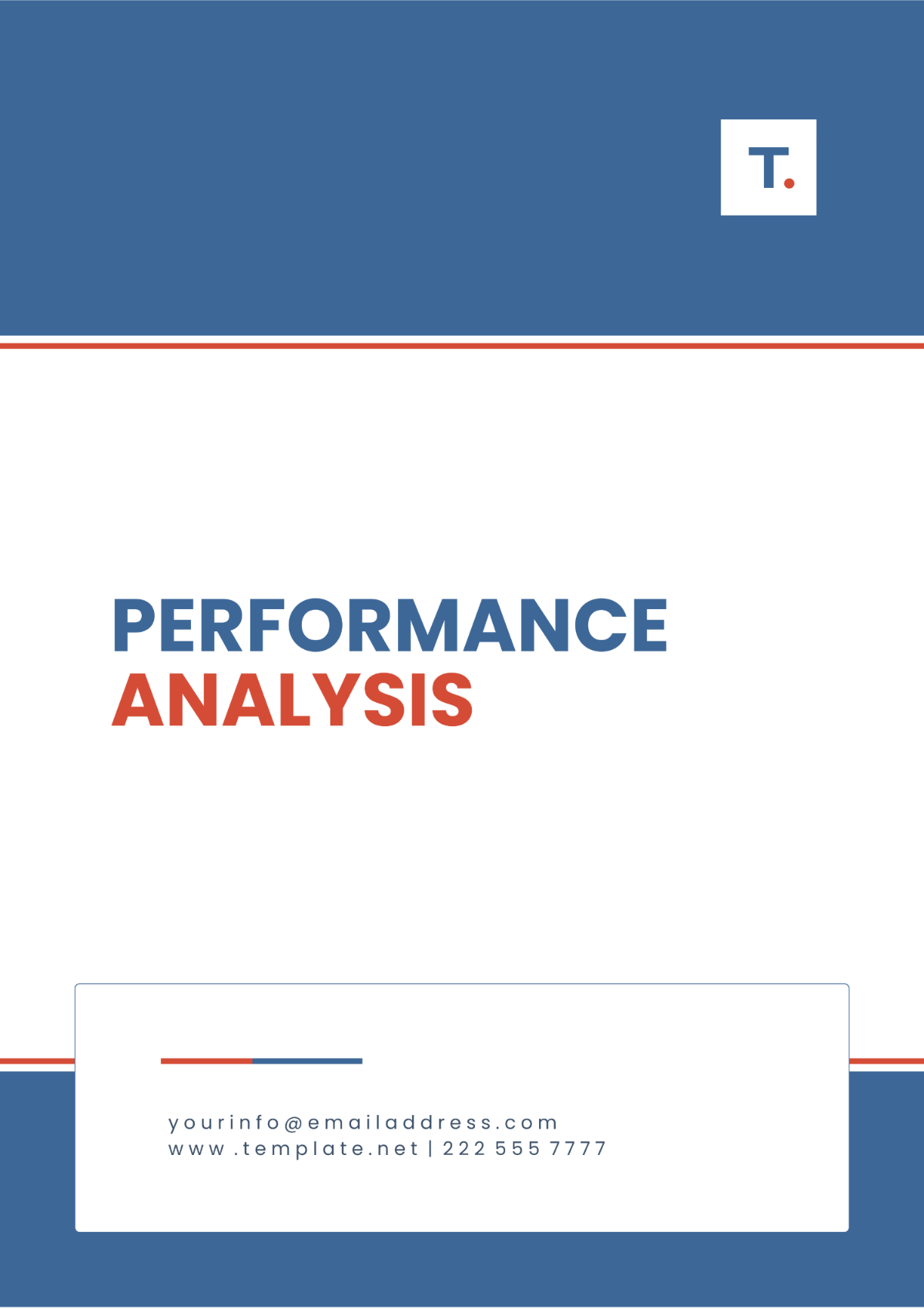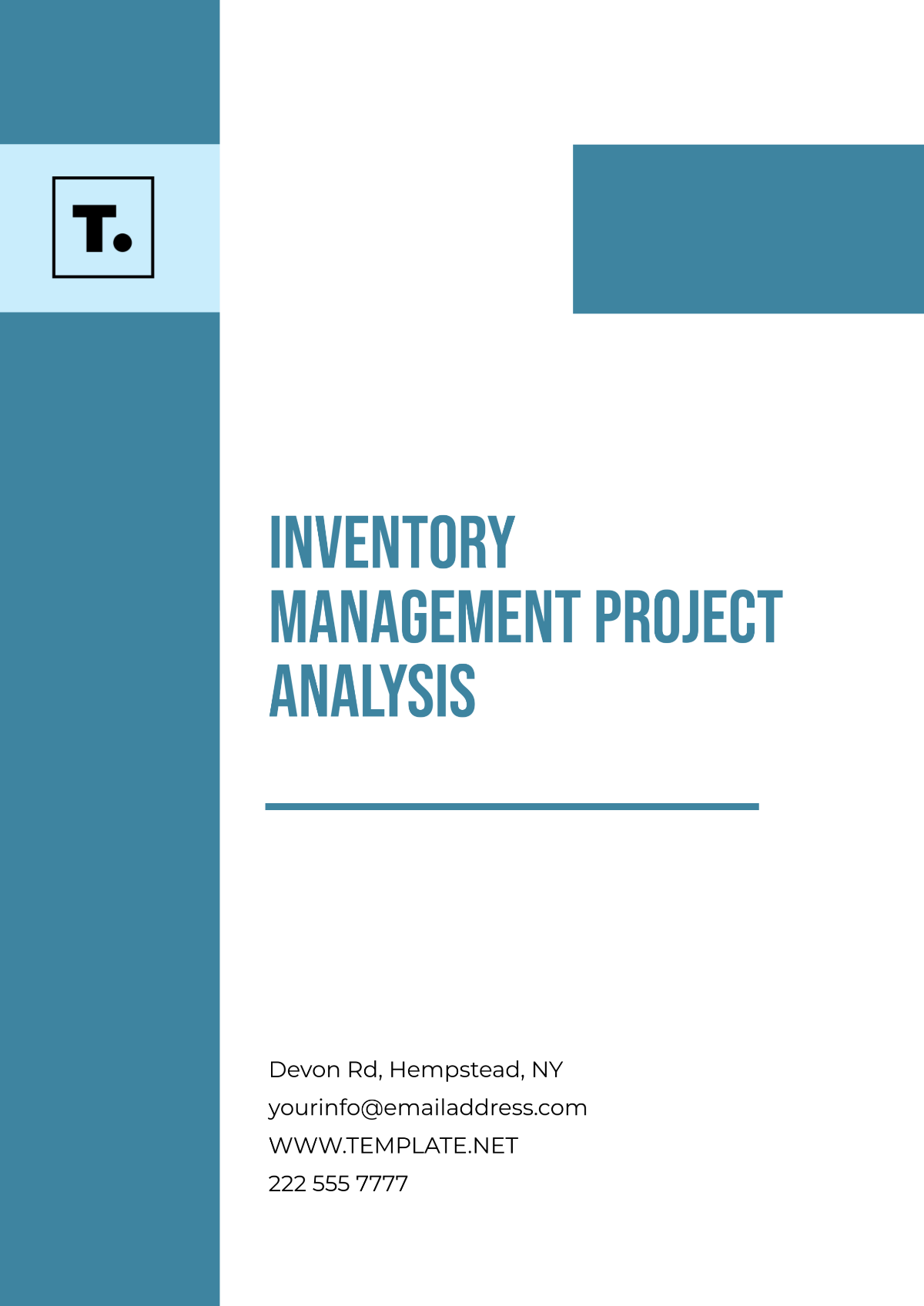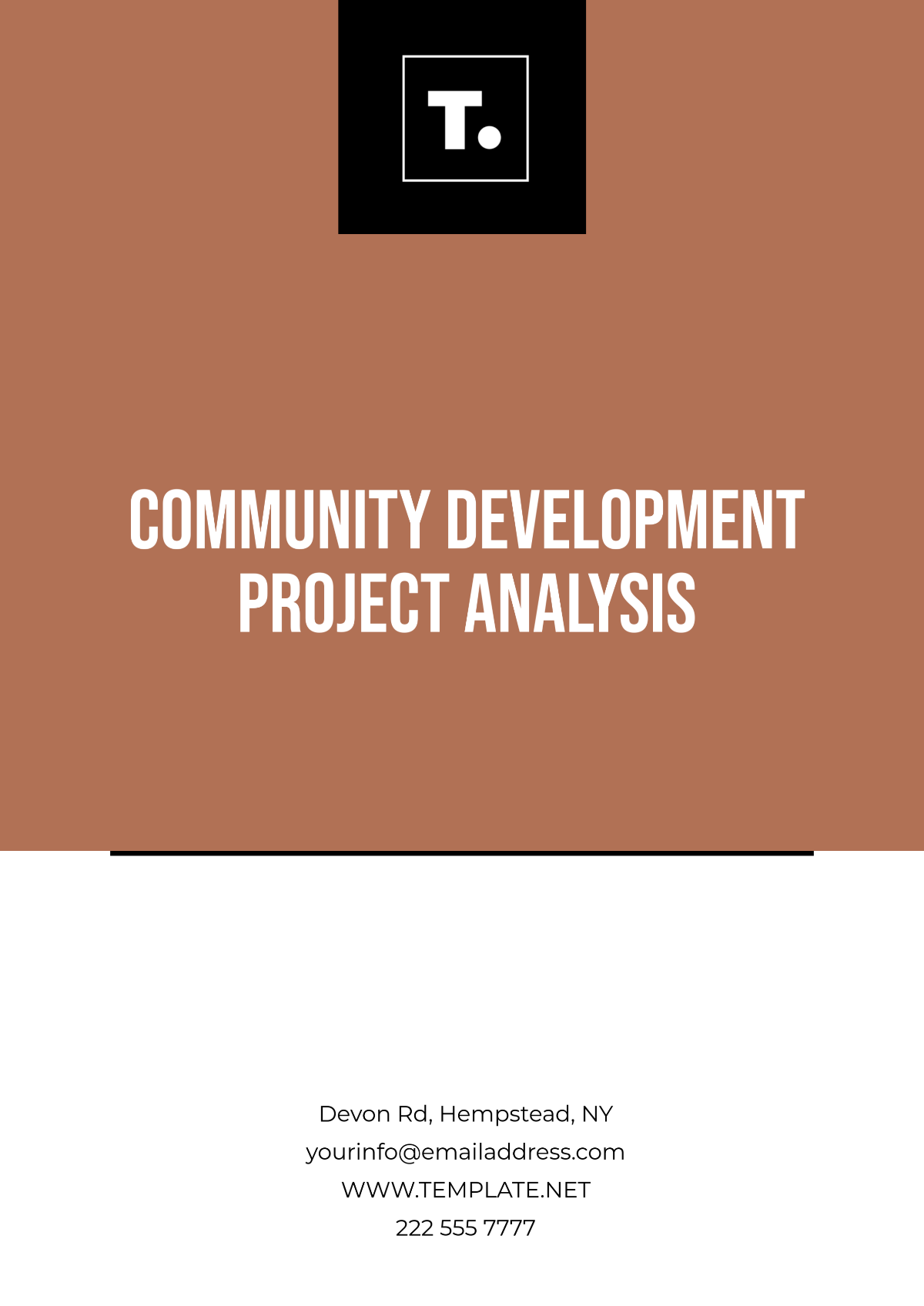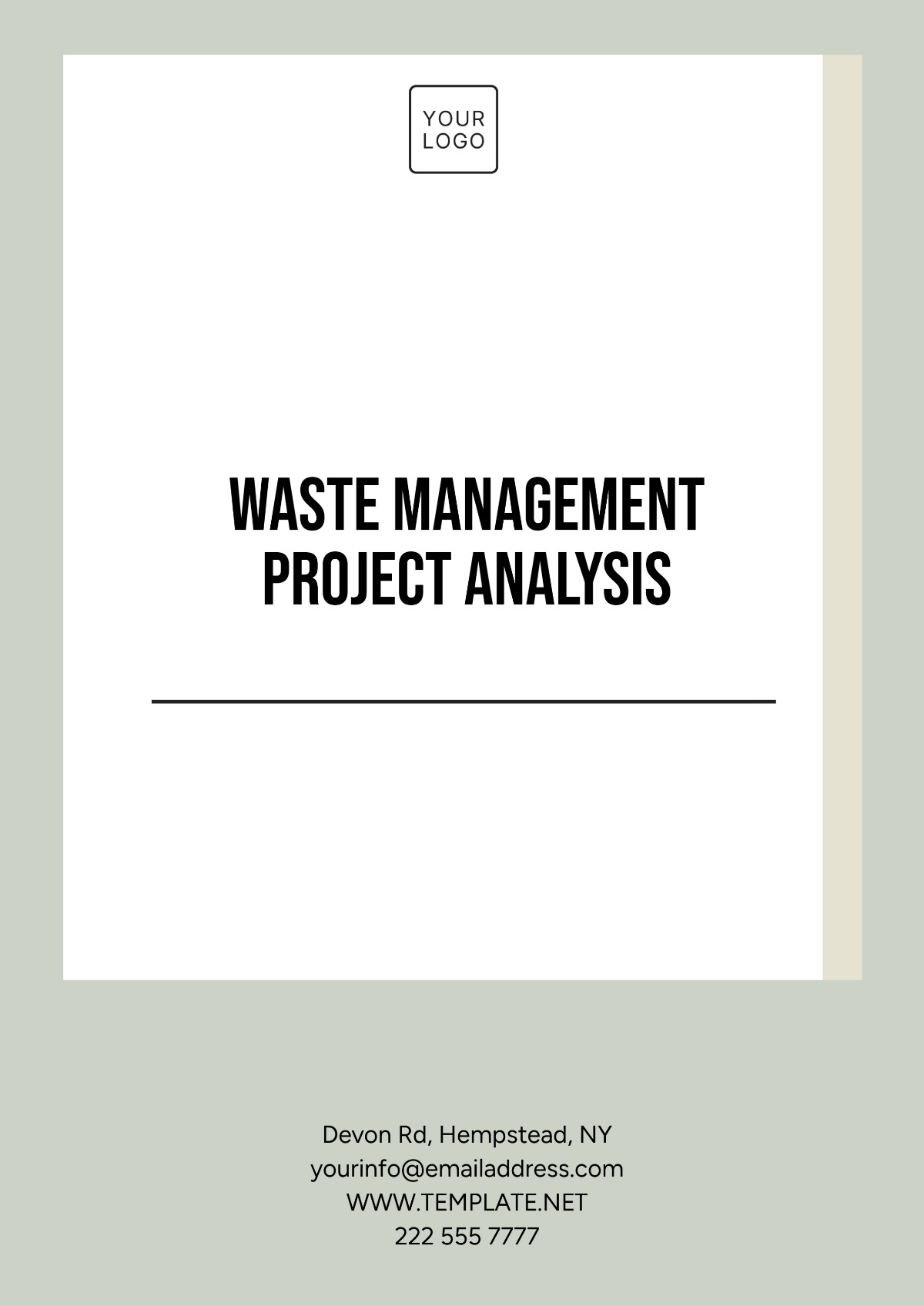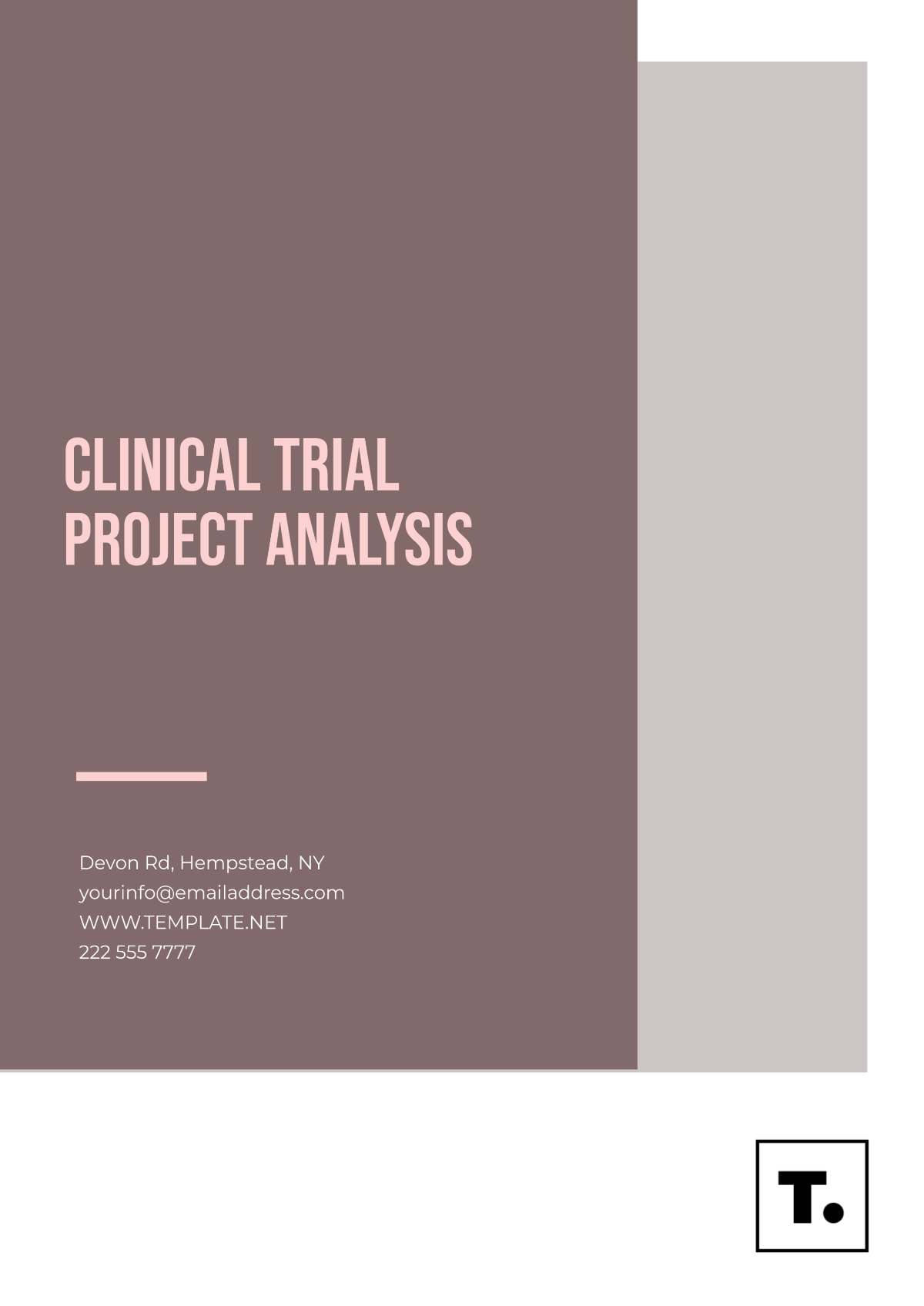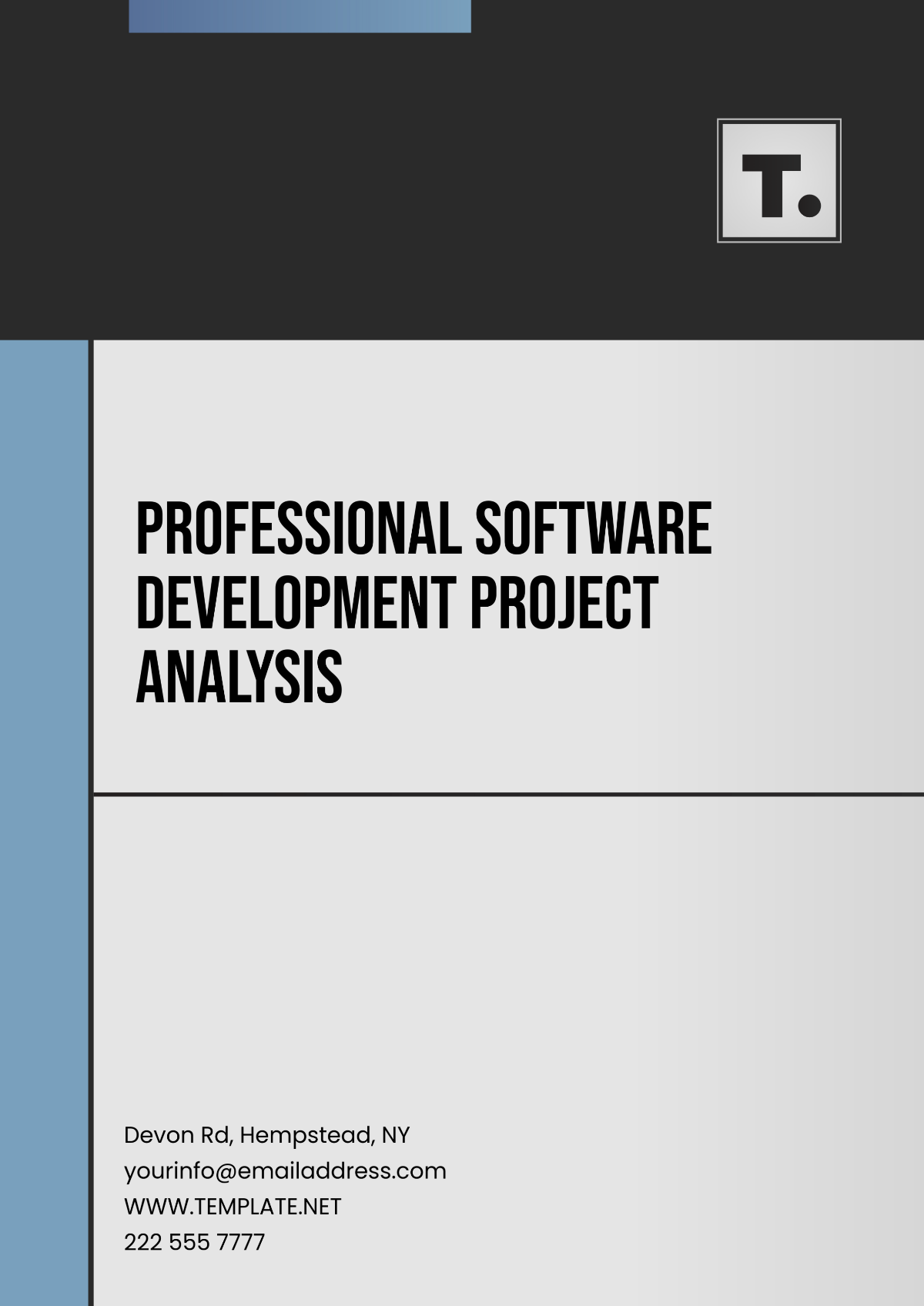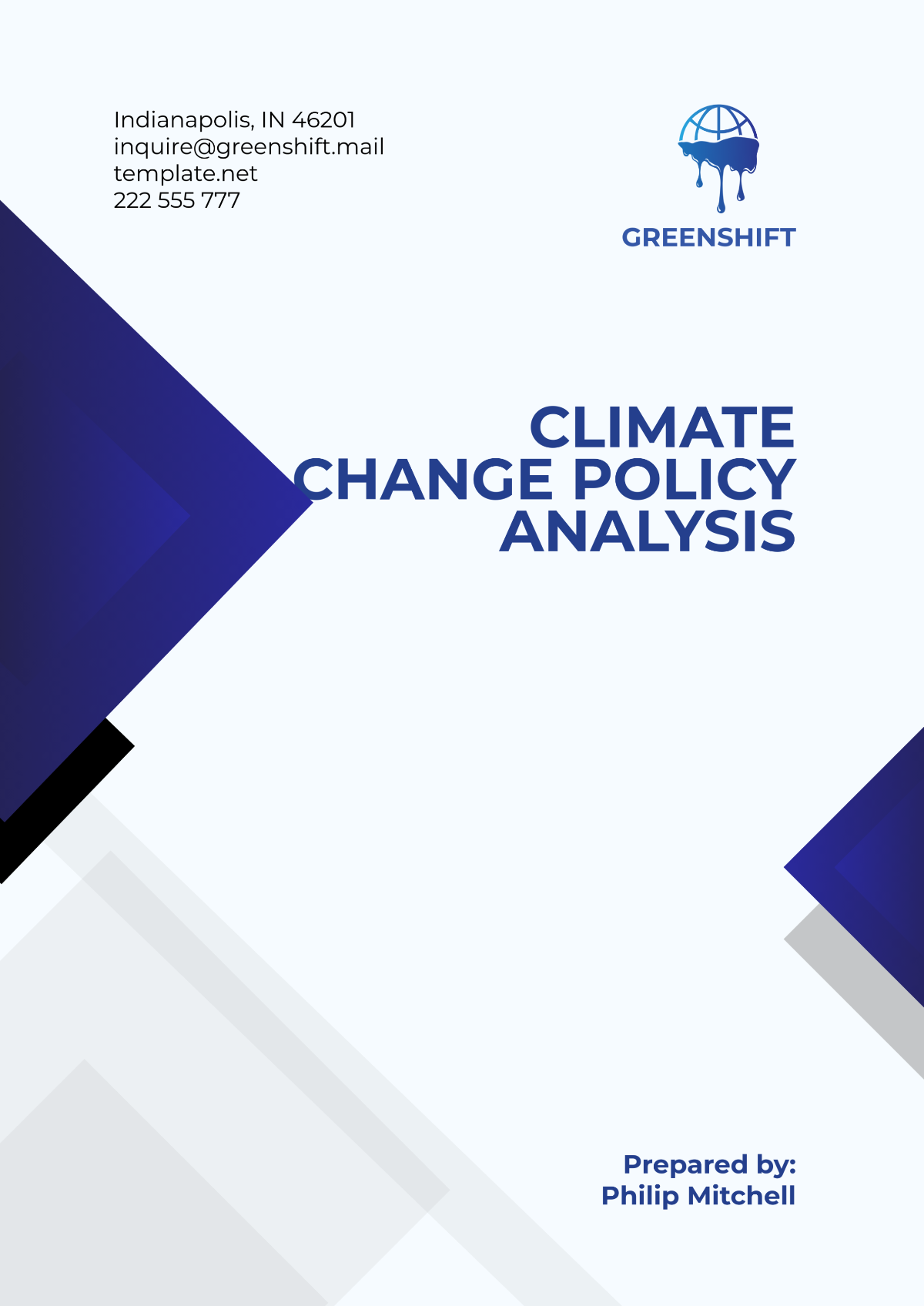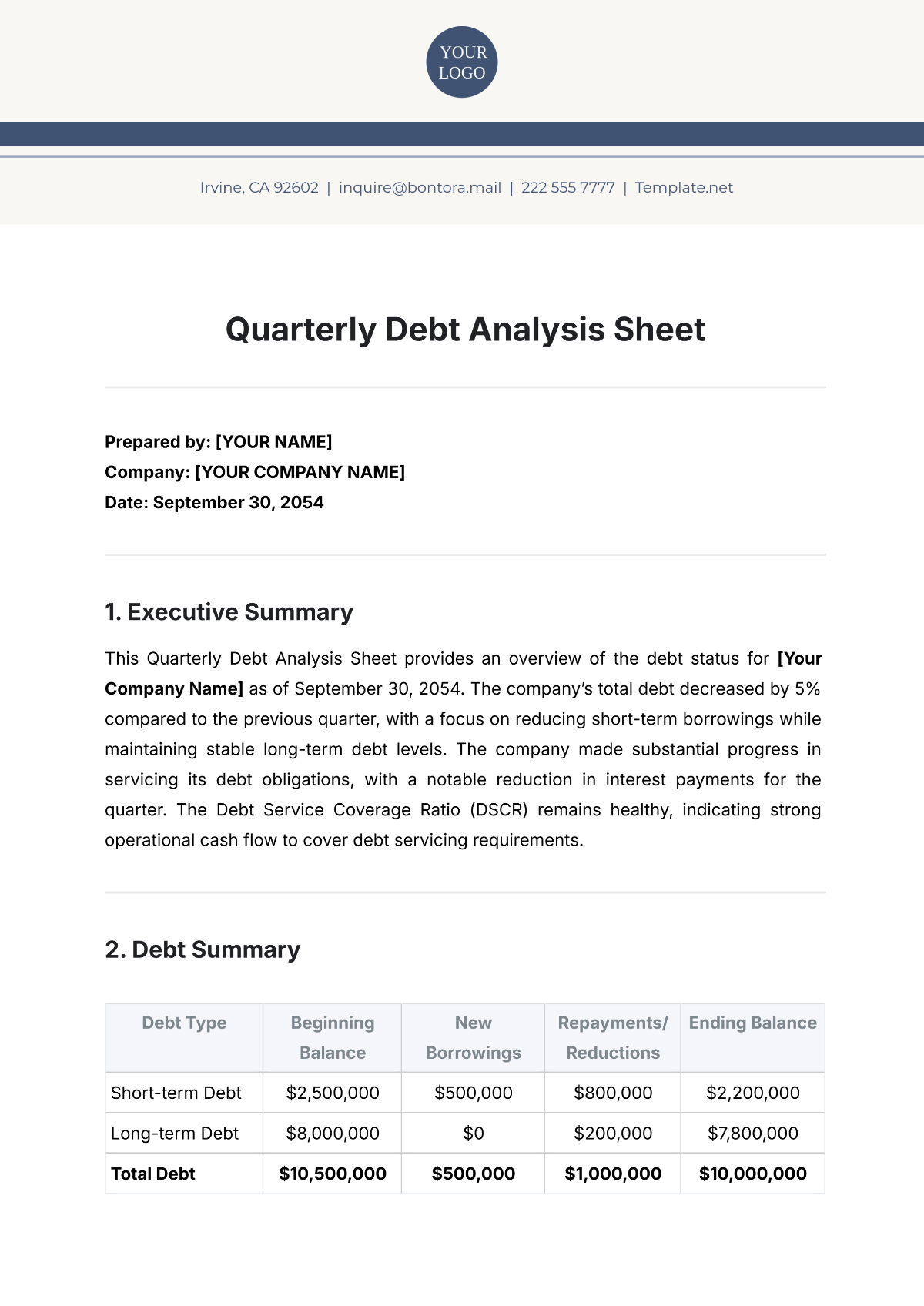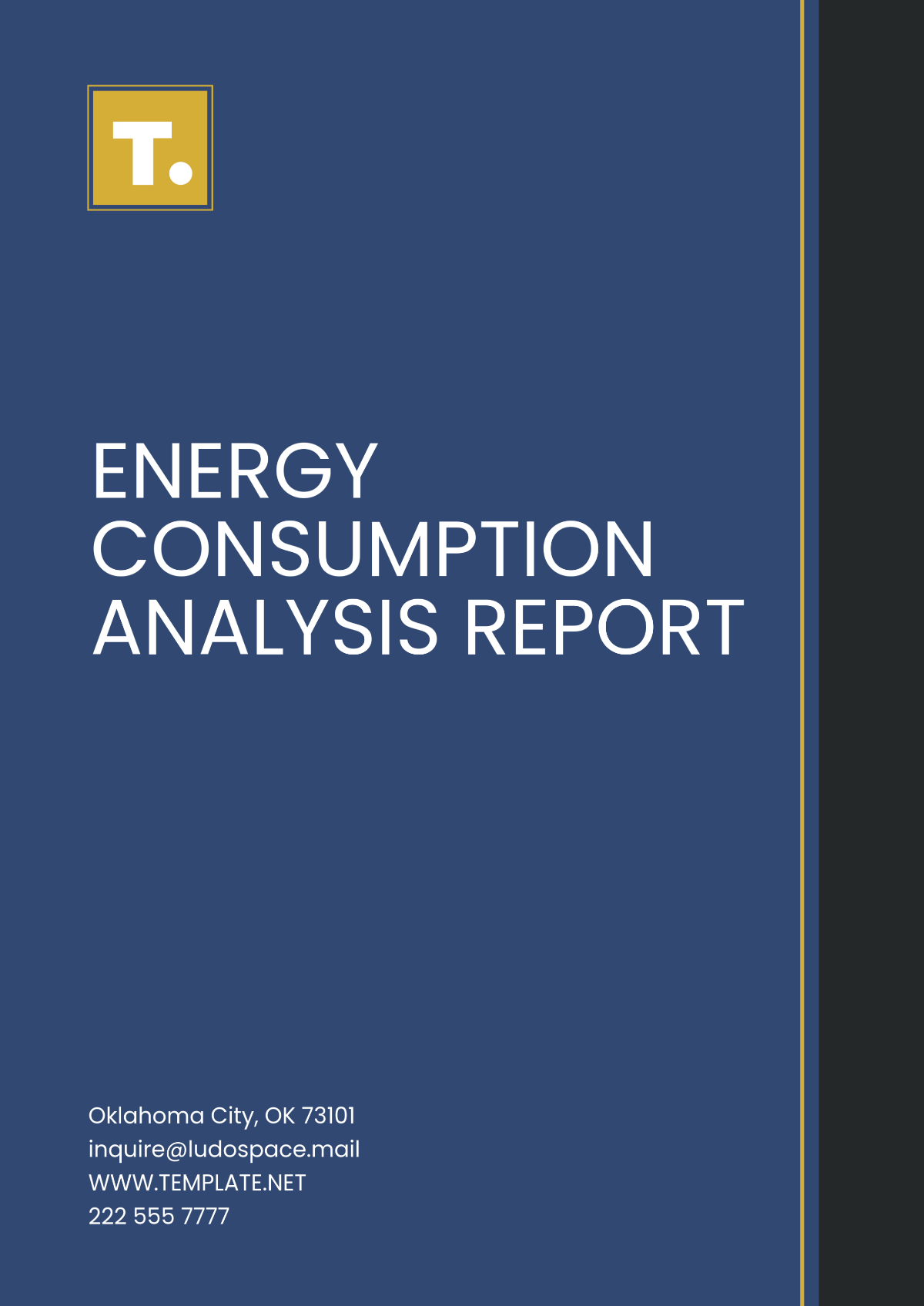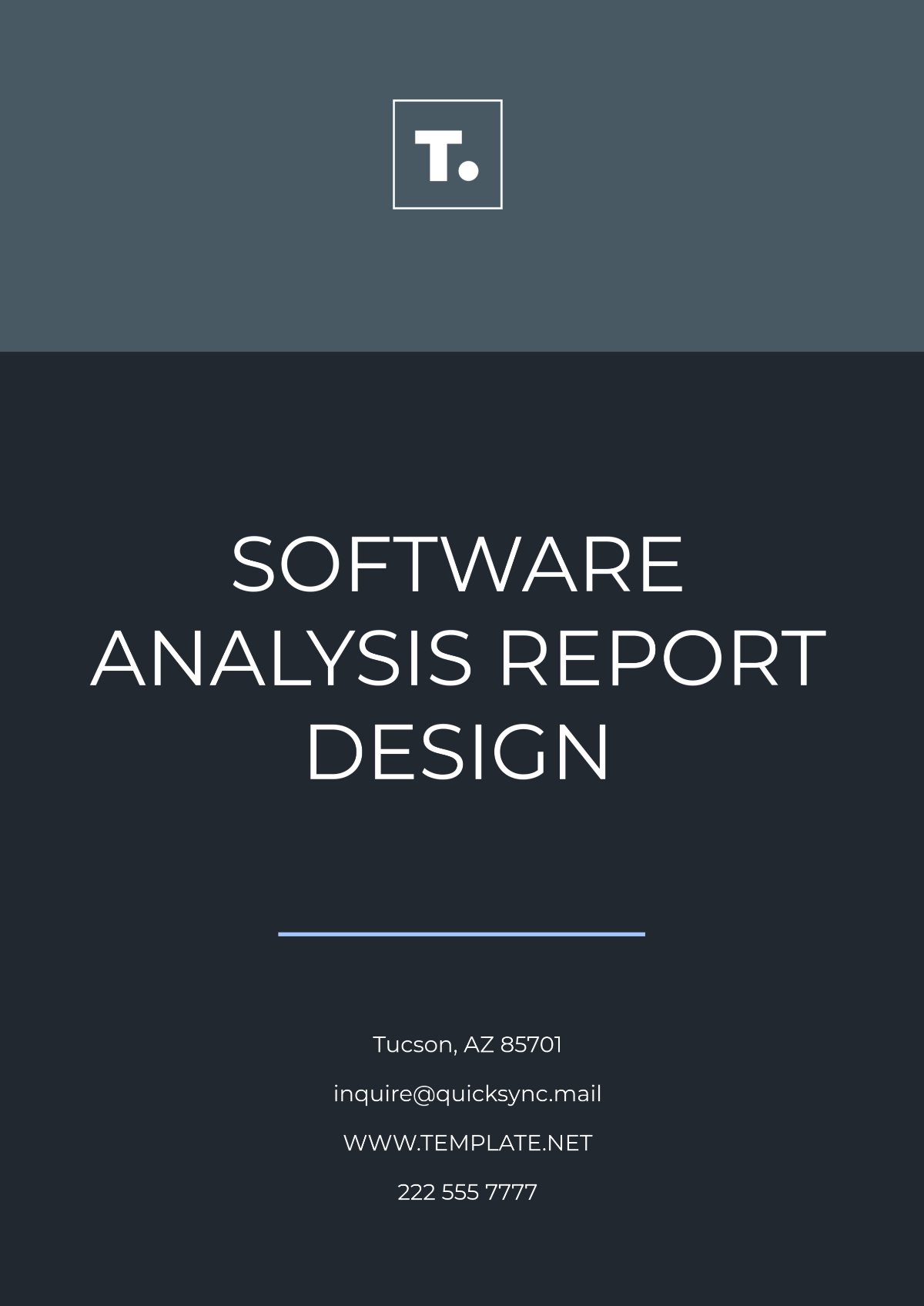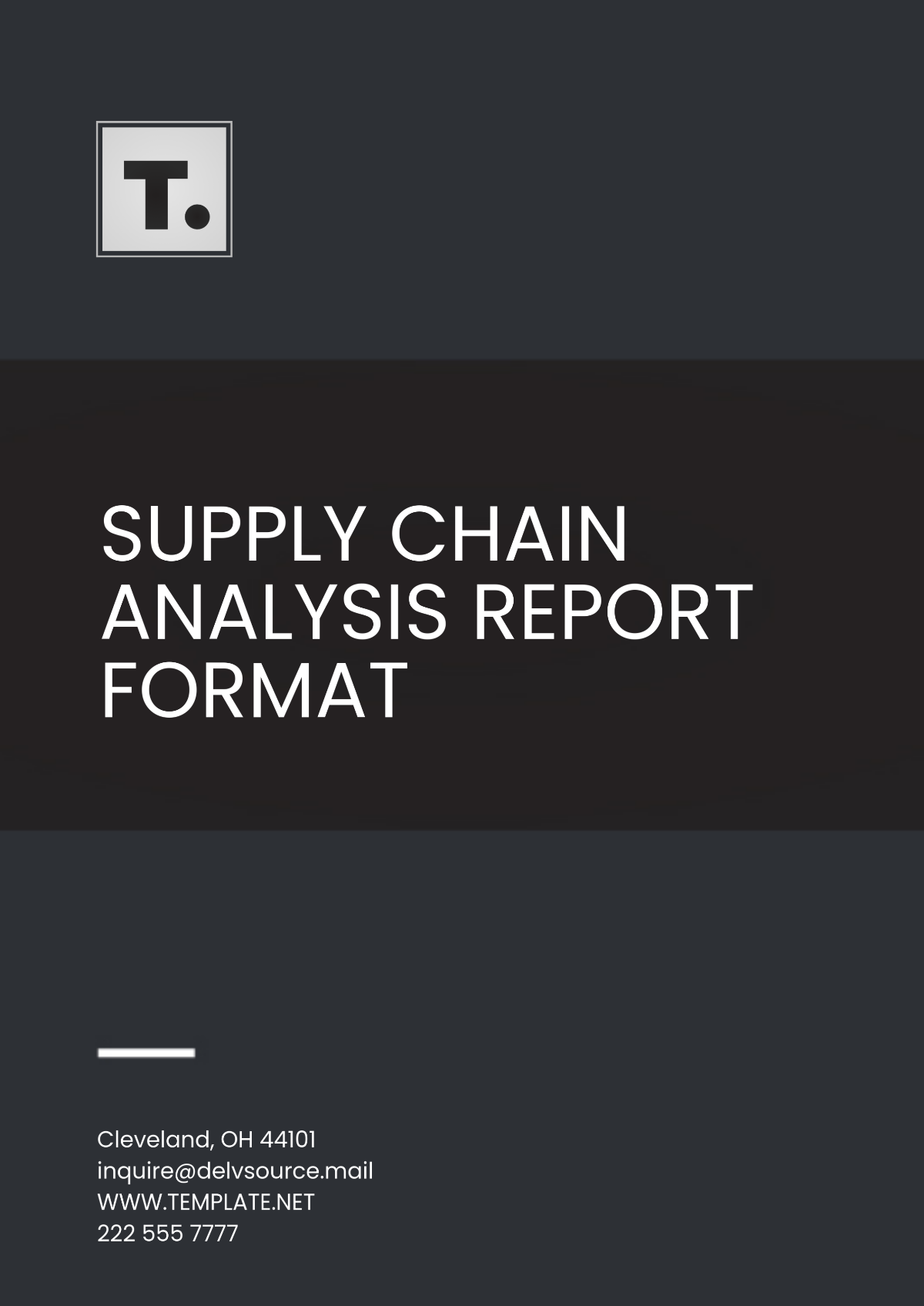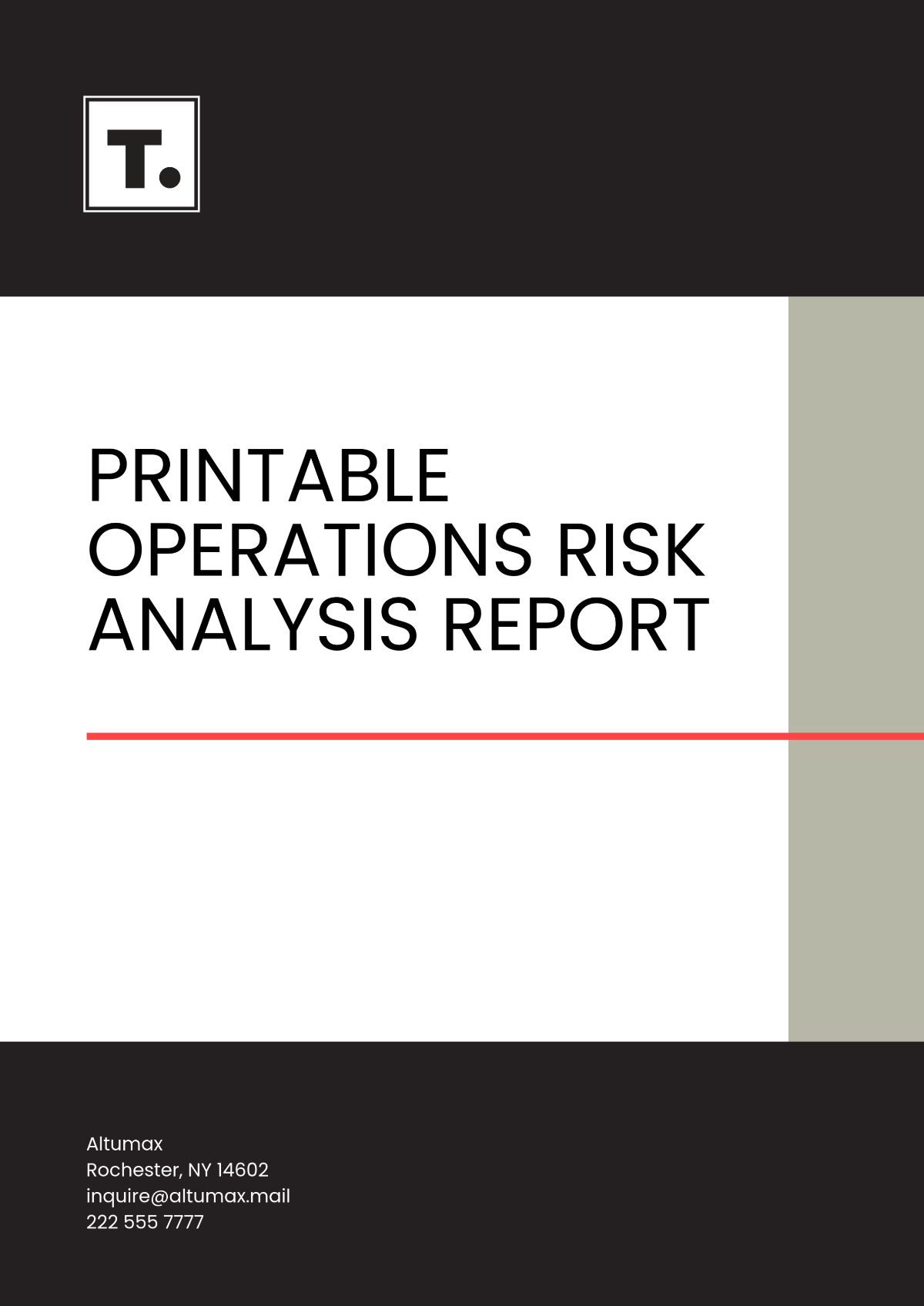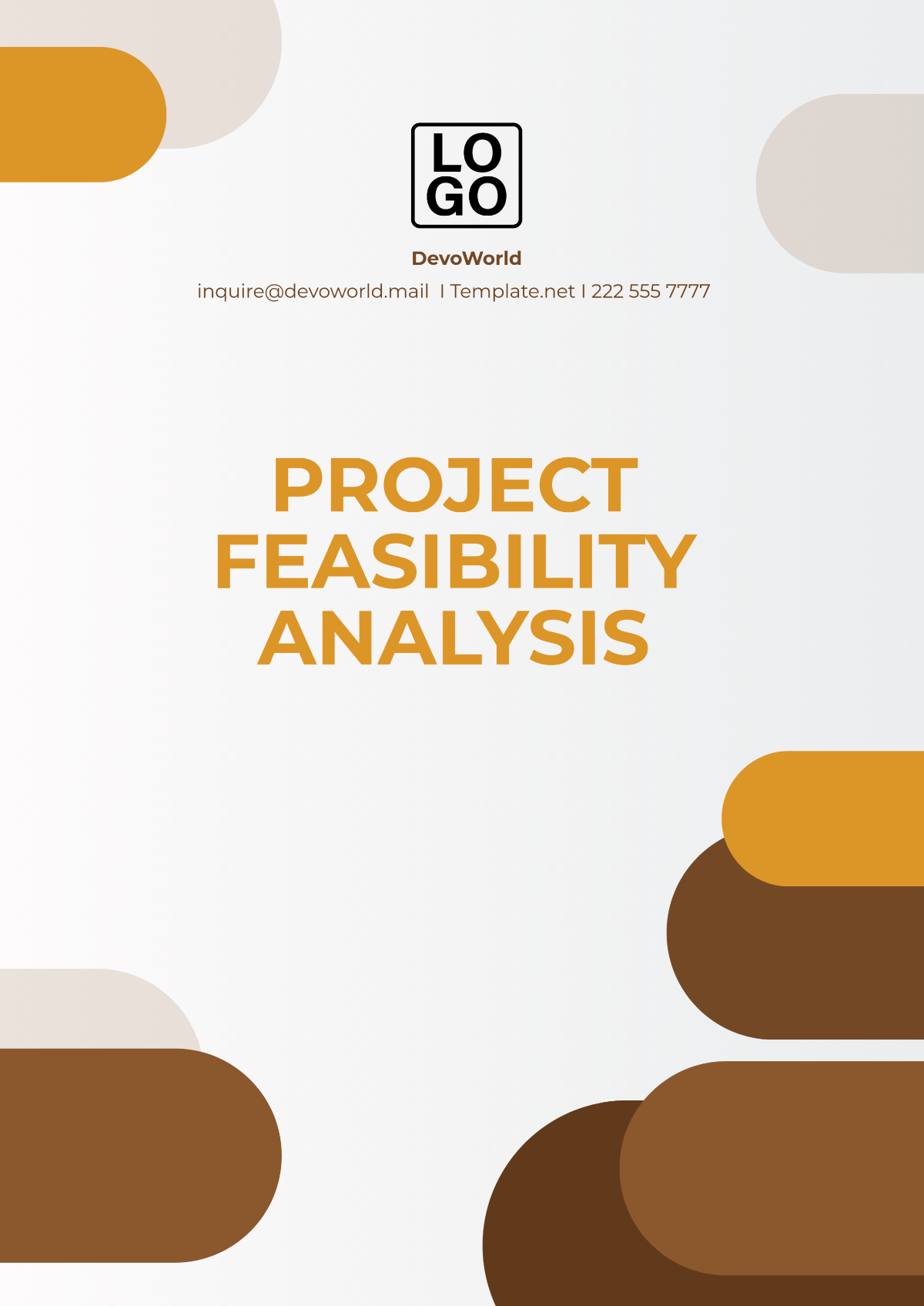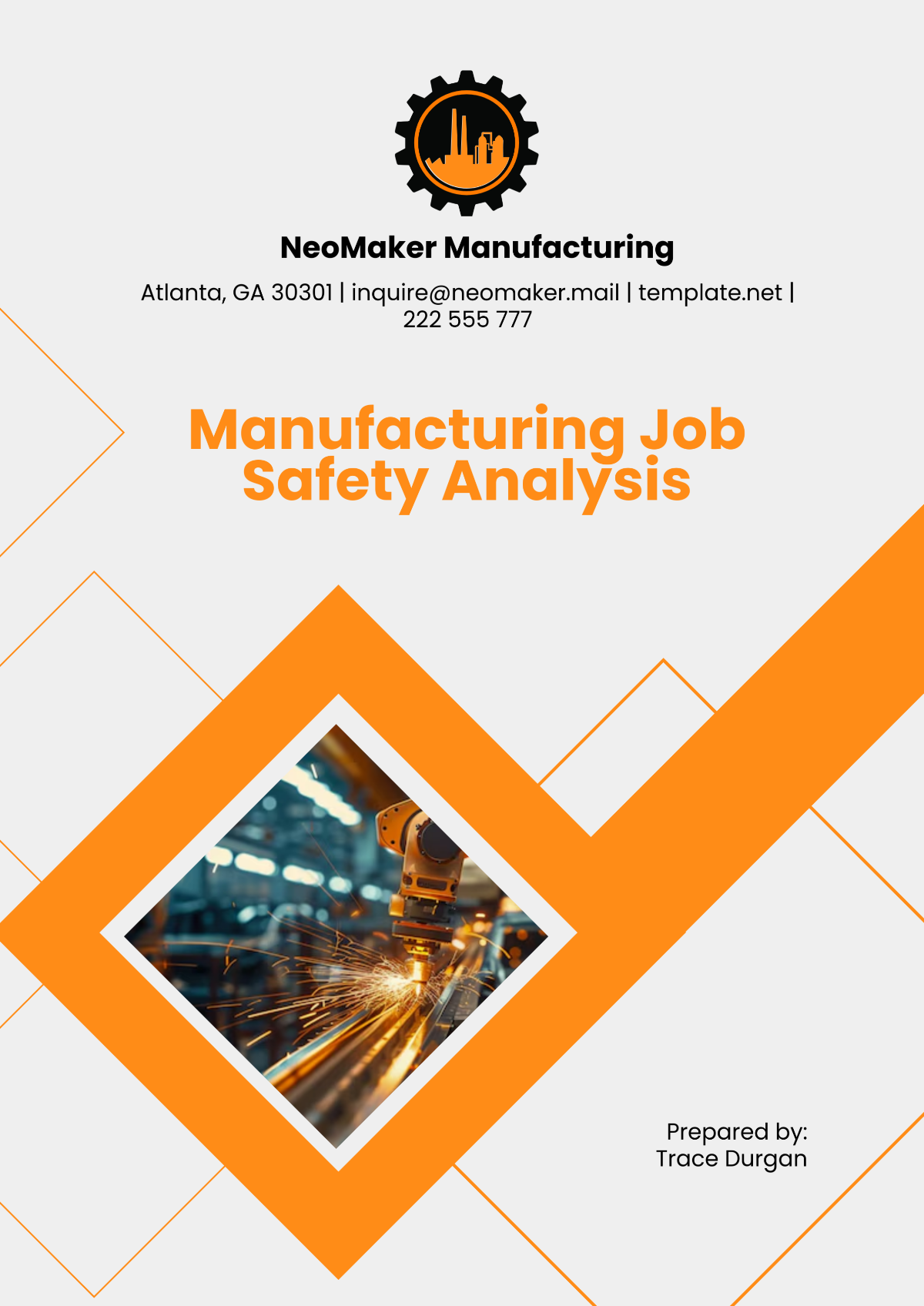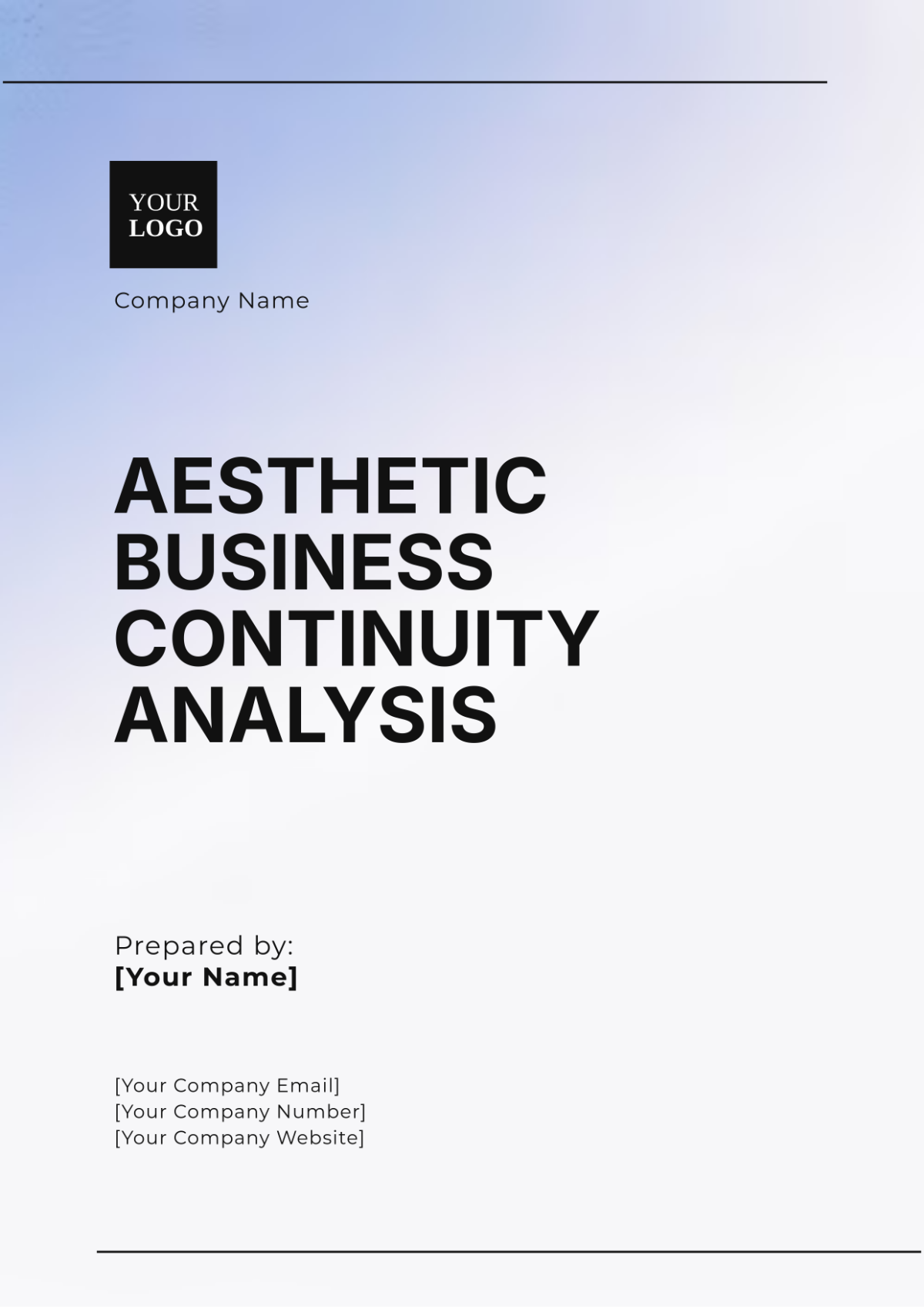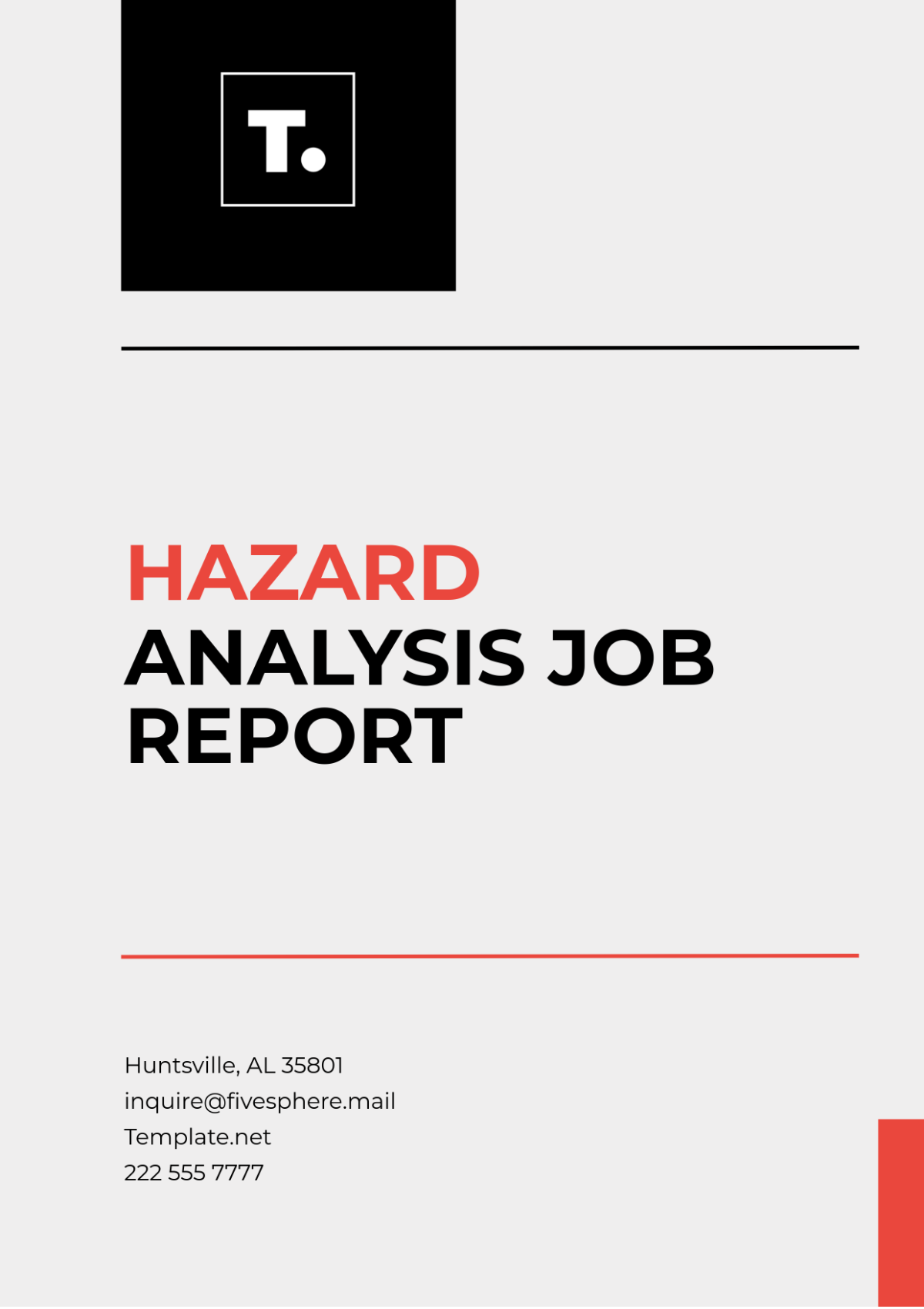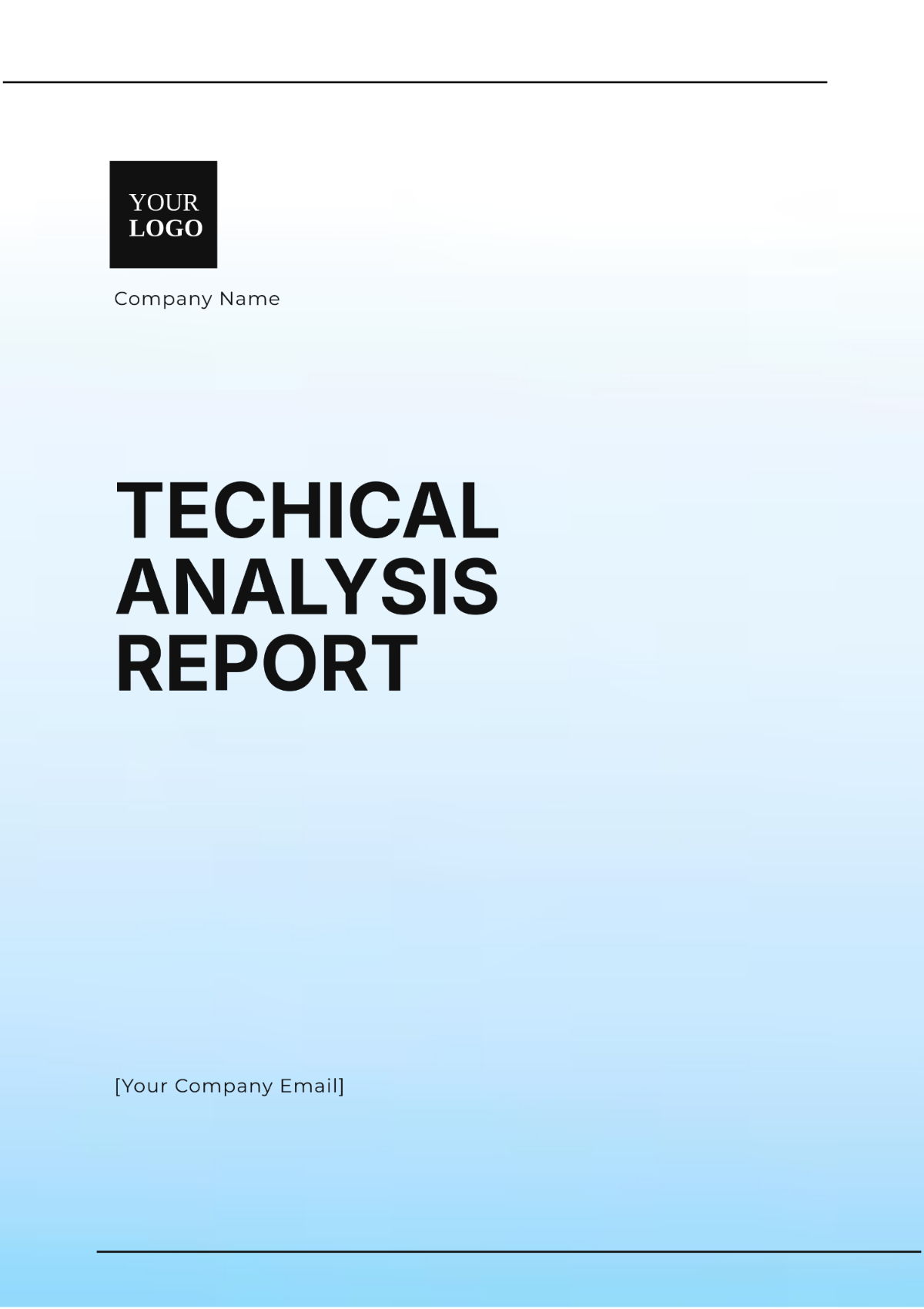Detailed Project Analysis Report
Prepared by: [YOUR NAME]
Executive Summary
This report provides a comprehensive analysis of the phoenix project, detailing objectives, methodologies, progress updates, challenges, and future prospects. The purpose is to offer stakeholders a clear understanding of the project's current status and direction.
Project Overview
Project Objectives
The primary objective of the phoenix project is to develop an efficient and scalable software solution that increases automation in manufacturing processes. The project aims to achieve the following specific goals:
Enhance production efficiency by 30% within the first year of implementation.
Reduce operational costs by integrating smart technology.
Improve data tracking and analysis for better decision-making.
Project Scope
The project encompasses the following phases:
Initial Research and Development
Design and Prototyping
Implementation and Integration
Testing and Quality Assurance
Deployment and Maintenance
Methodology
Research Methodology
The project employs a mixed-method approach, combining quantitative data analysis with qualitative assessments. The research phase involves extensive market analysis, user surveys, and experimentation with prototype designs.
Project Management Approach
An Agile project management framework guides the project, allowing for iterative development and rapid response to changes. Regular sprints ensure continuous progress and adaptation to feedback.
Progress Analysis
Current Status
As of the latest review, the project is in the testing and quality assurance phase. Key milestones achieved include the completion of the prototype design and successful integration of automation engines. The table below summarizes the progress:
Phase | Status | Completion Date |
|---|---|---|
Research & Development | Completed | March 2055 |
Design & Prototyping | Completed | June 2055 |
Implementation & Integration | Completed | August 2055 |
Testing & QA | In Progress | Expected November 2055 |
Deployment & Maintenance | Pending | Expected January 2056 |
Challenges
The project has encountered several challenges, including:
Resource Allocation: Delays in securing skilled personnel have impacted timelines.
Technical Difficulties: Integration of legacy systems with new technologies has posed compatibility issues.
Budget Constraints: Unforeseen expenses have led to budget overruns, necessitating reallocation of funds.
Financial Analysis
Budget Overview
The total budget for the phoenix project was initially set at $2 million. The following table presents the expenditure breakdown:
Category | Allocated Budget (USD) | Actual Expenditure (USD) |
|---|---|---|
Research & Development | 300,000 | 350,000 |
Design & Prototyping | 400,000 | 380,000 |
Implementation & Integration | 500,000 | 530,000 |
Testing & QA | 300,000 | 290,000 |
Contingency | 500,000 | 510,000 |
Cost-Benefit Analysis
Despite cost overruns, the potential benefits of the project remain substantial. The anticipated improvement in efficiency and cost savings post-deployment are expected to offset initial expenses within two years.
Future Prospects
Next Steps
The upcoming focus will be on completing the testing and quality assurance phase, followed by an incremental deployment strategy starting in January 2024. Further steps include scaling the solution across all manufacturing units and providing necessary training to staff.
Long-term Impact
The successful completion of the phoenix project is projected to revolutionize the company's manufacturing processes, allowing for greater agility and competitiveness in the market. Long-term outcomes include enhanced sustainability and increased market share.
Conclusion
In conclusion, the phoenix project is advancing towards a promising fruition despite current challenges. With strategic adjustments and continued diligence, the project is on track to deliver significant improvements and pave the way for future innovations in the industry.

